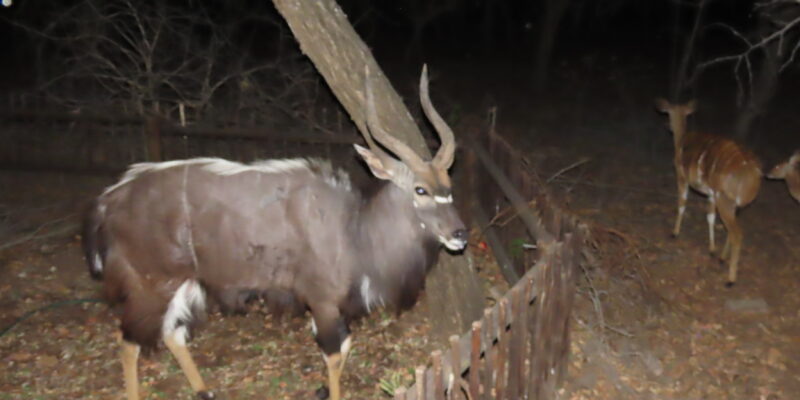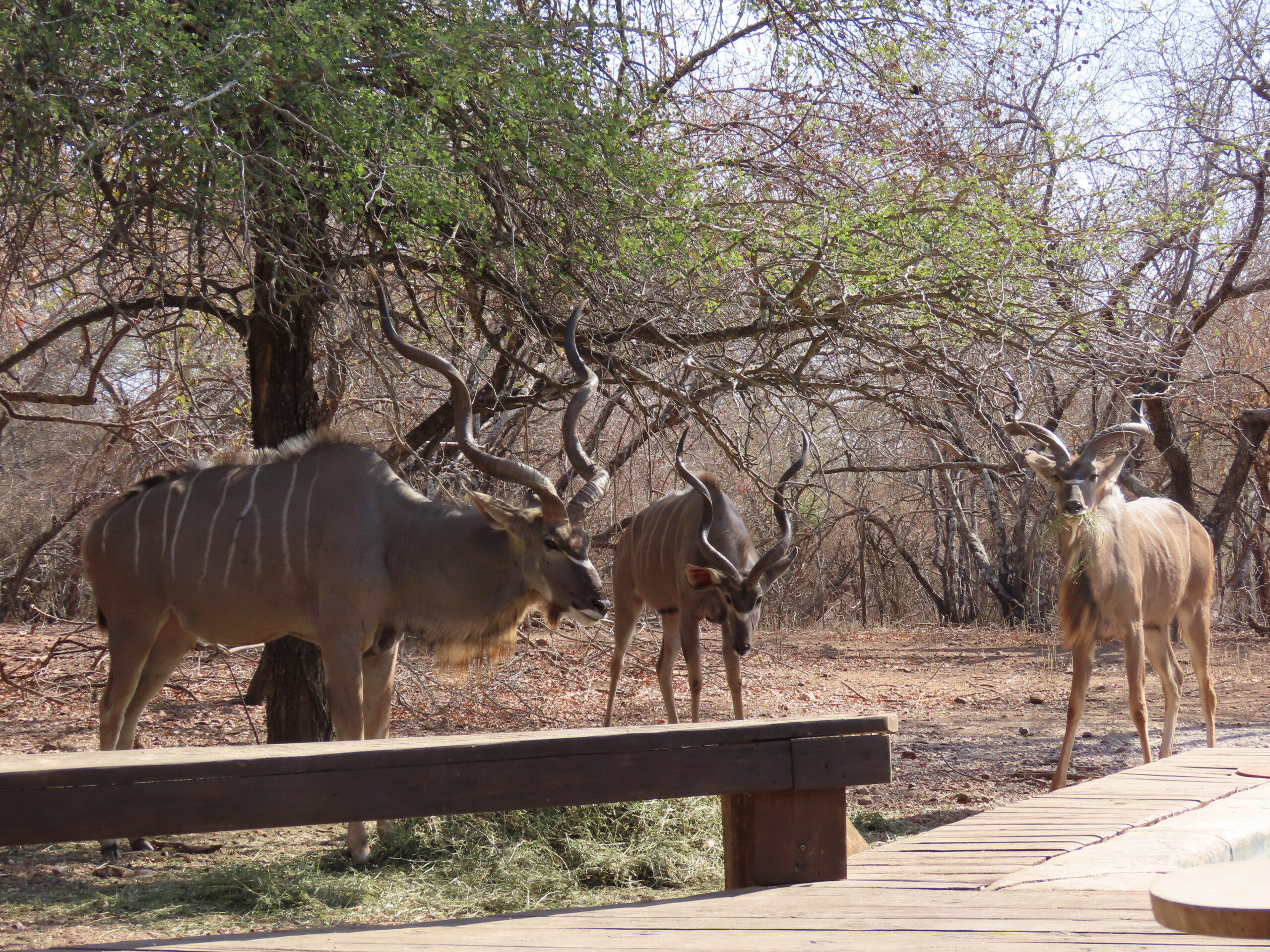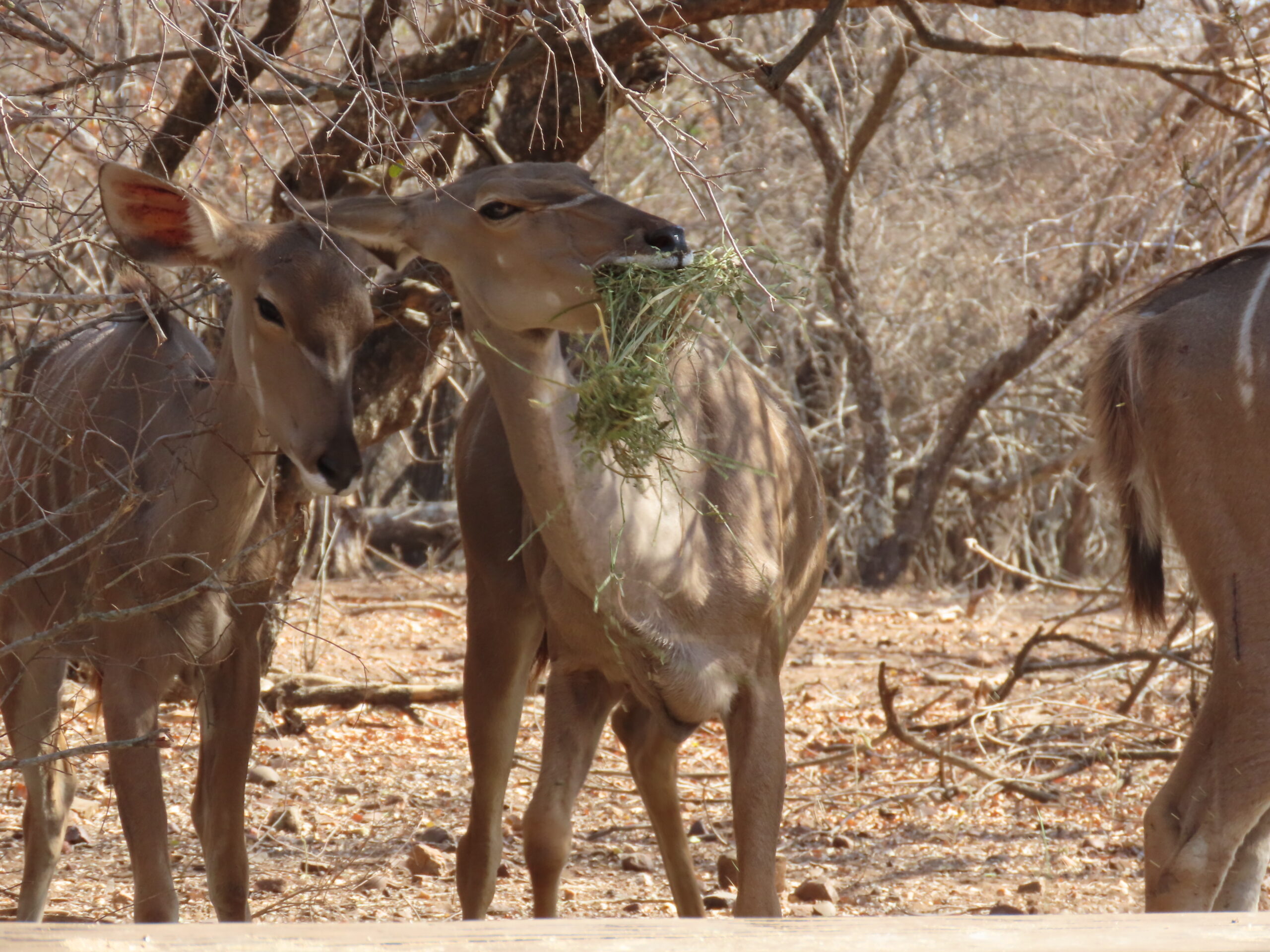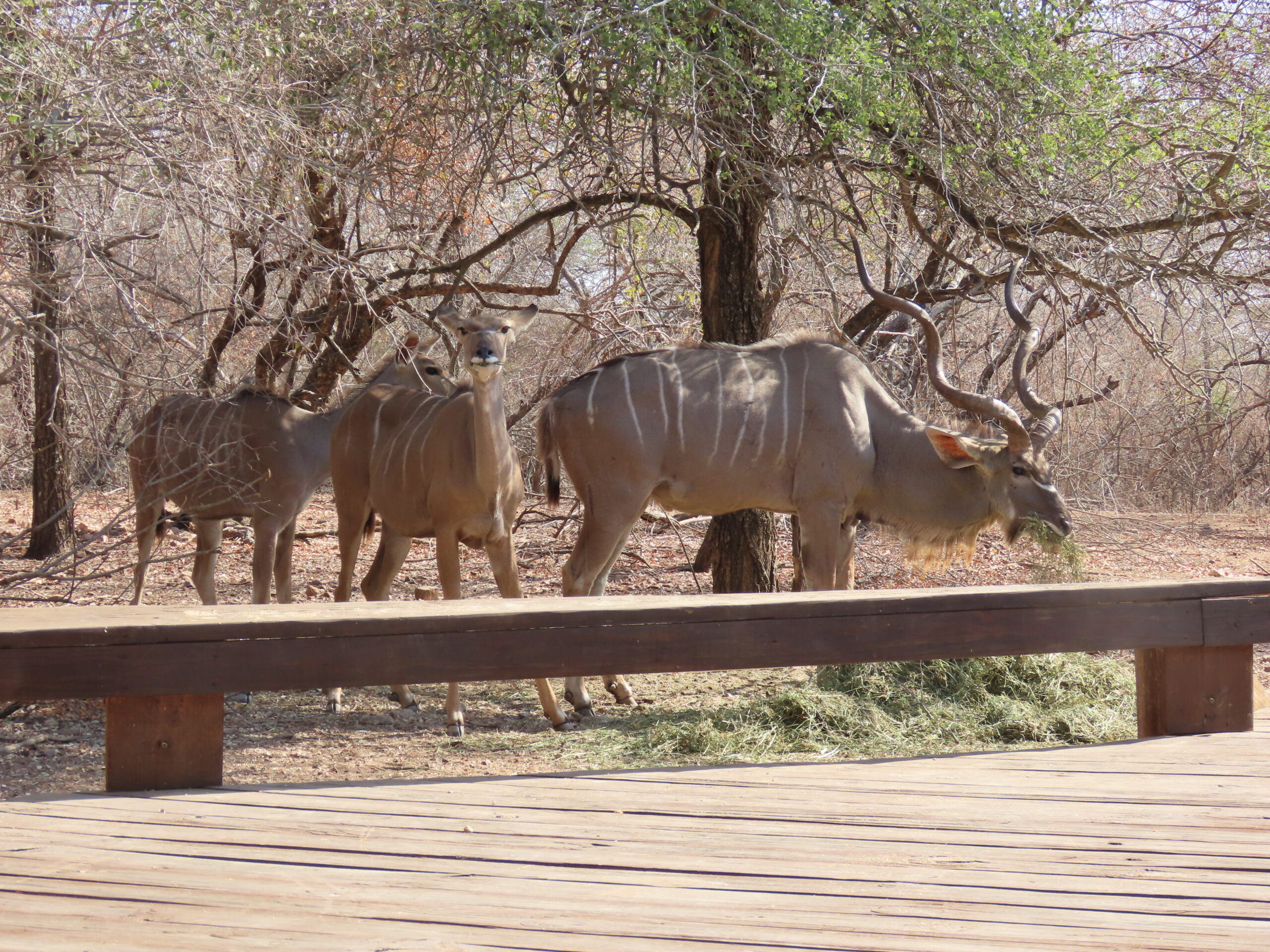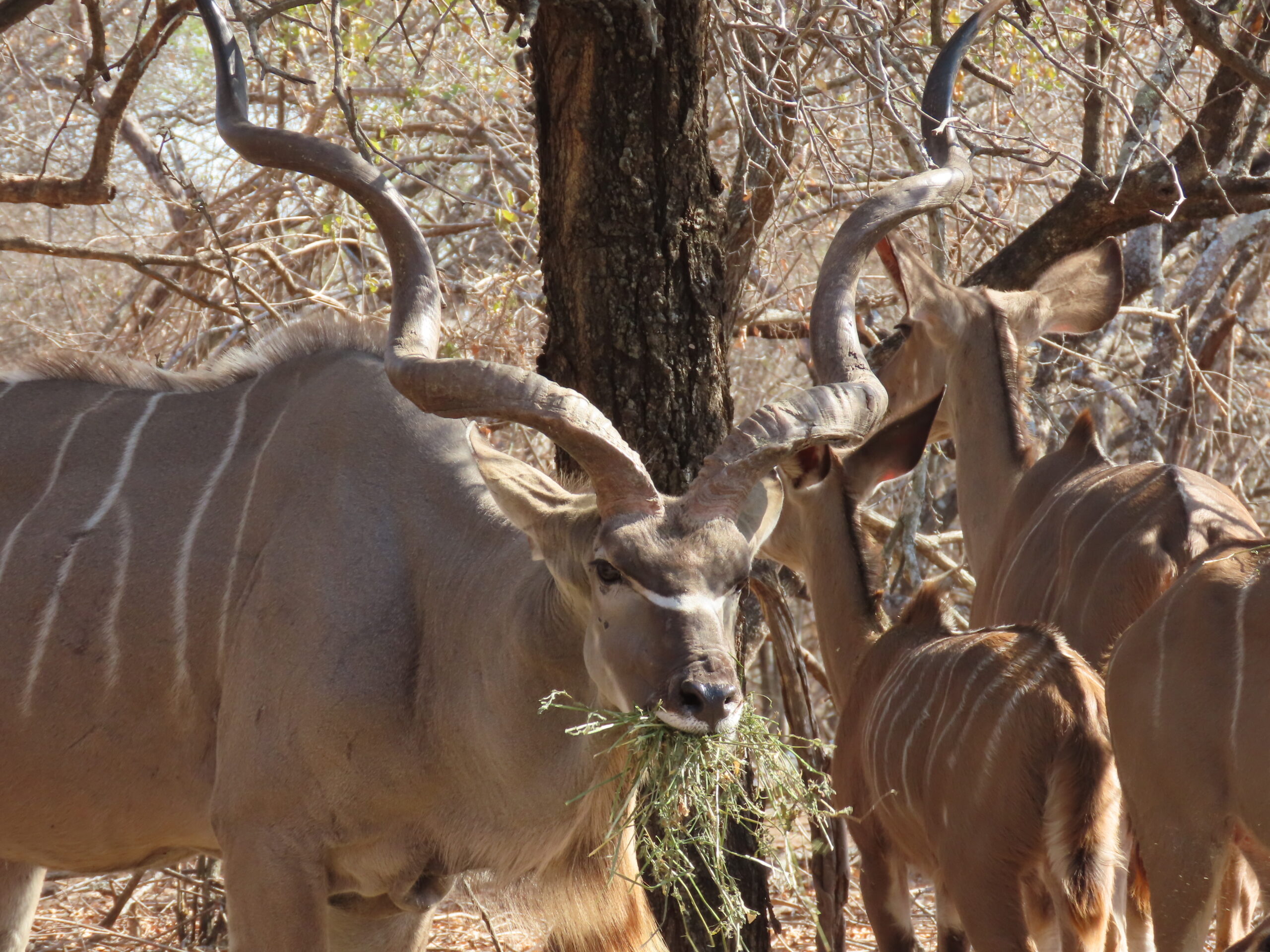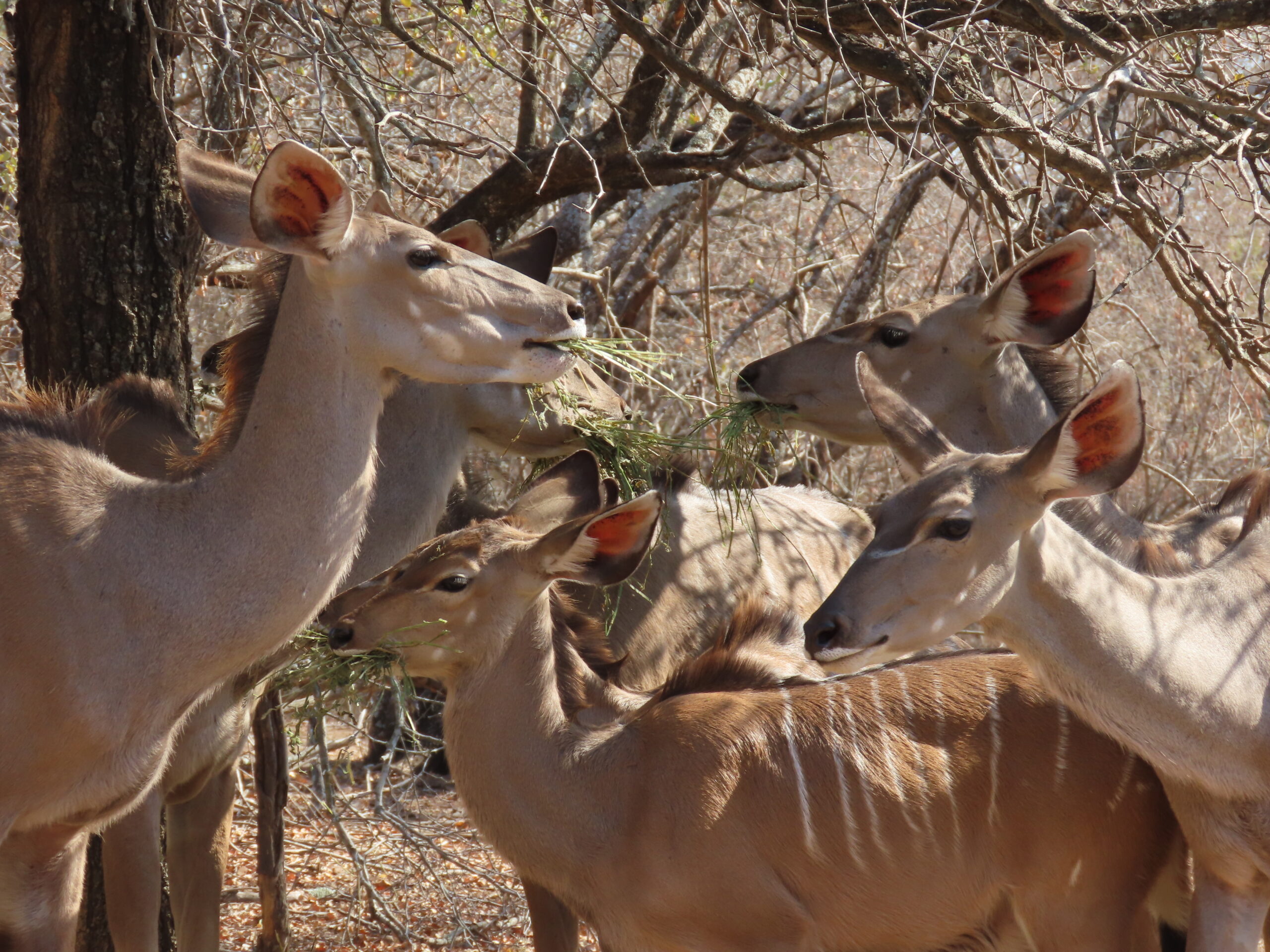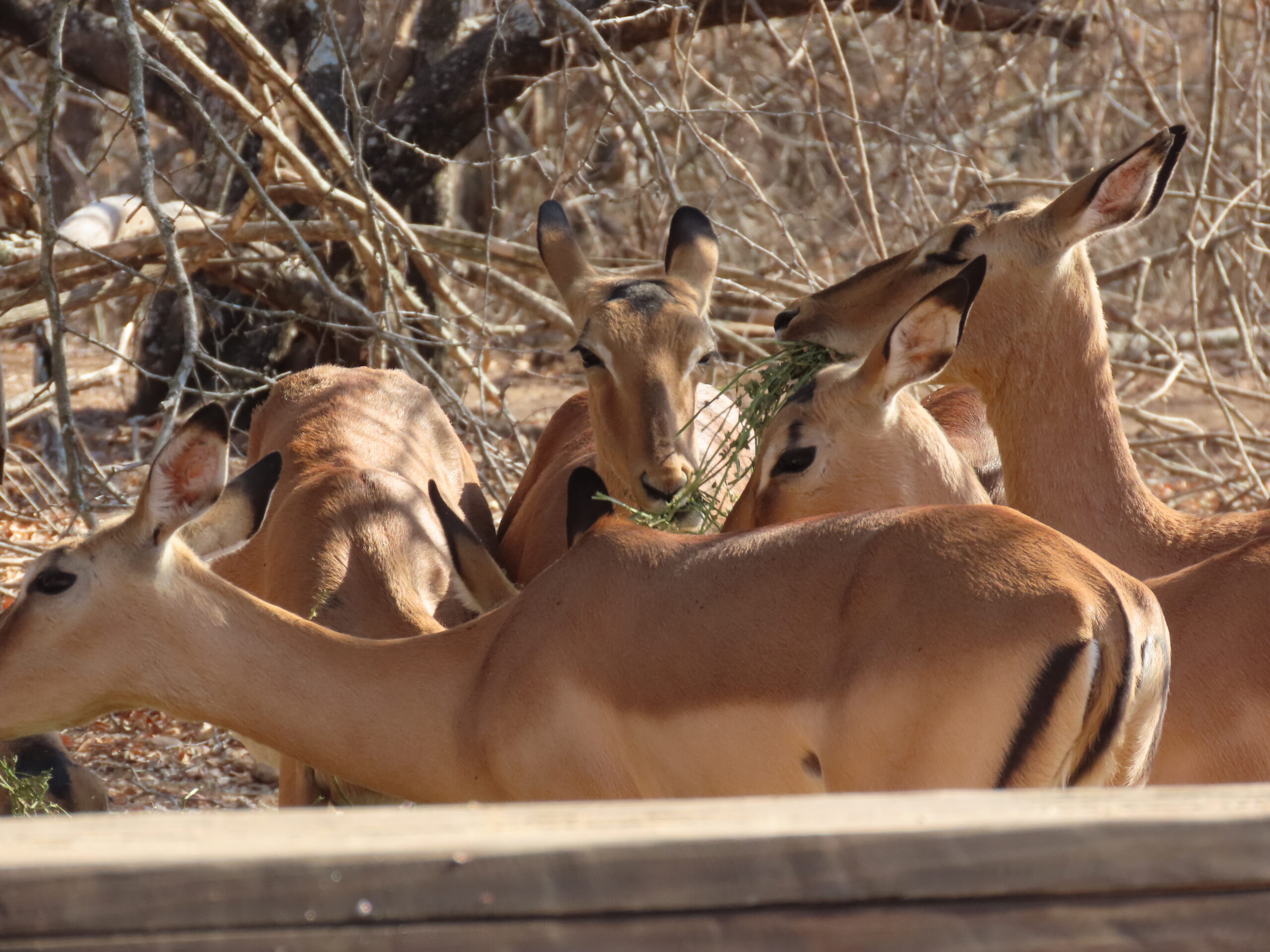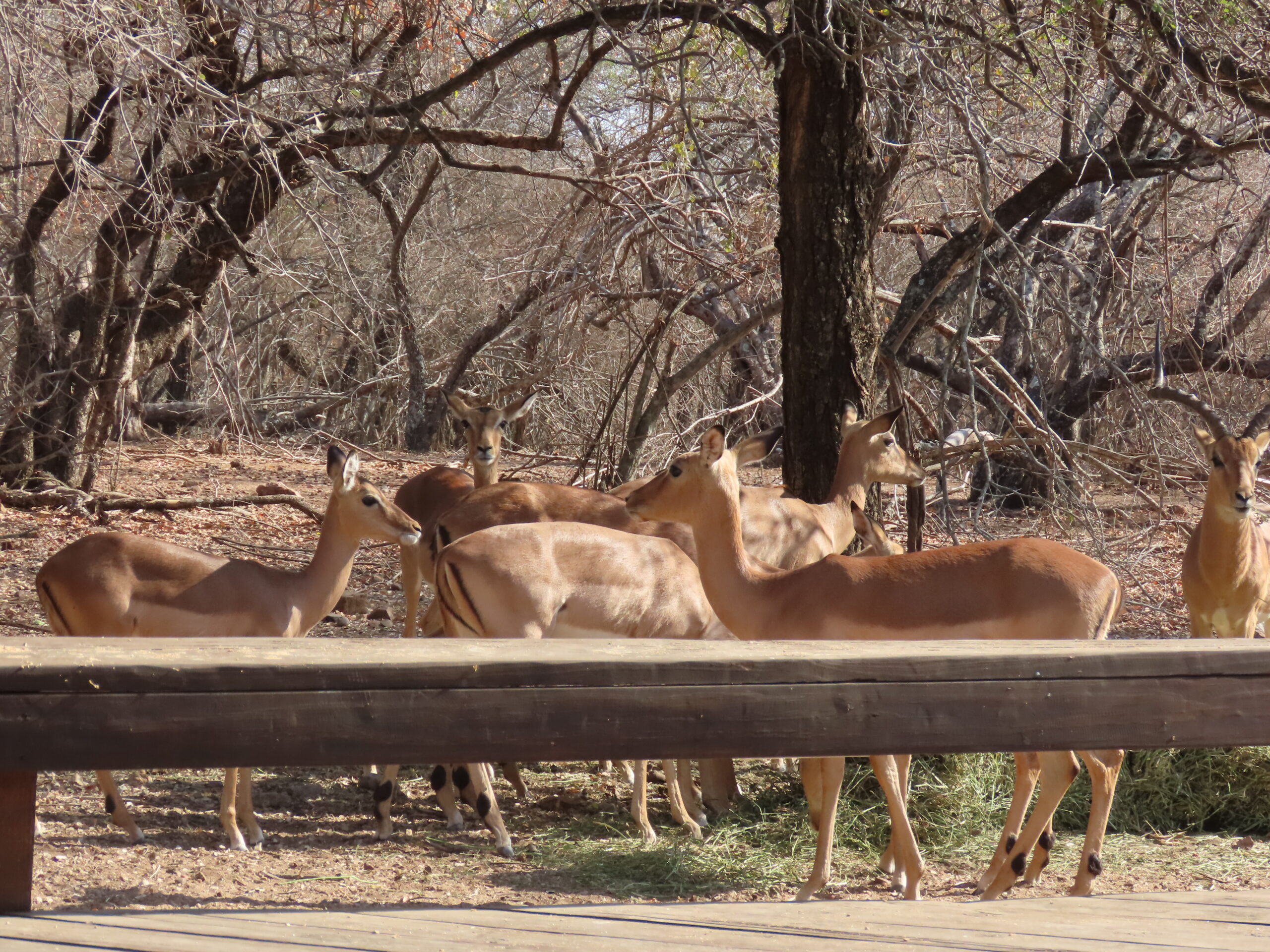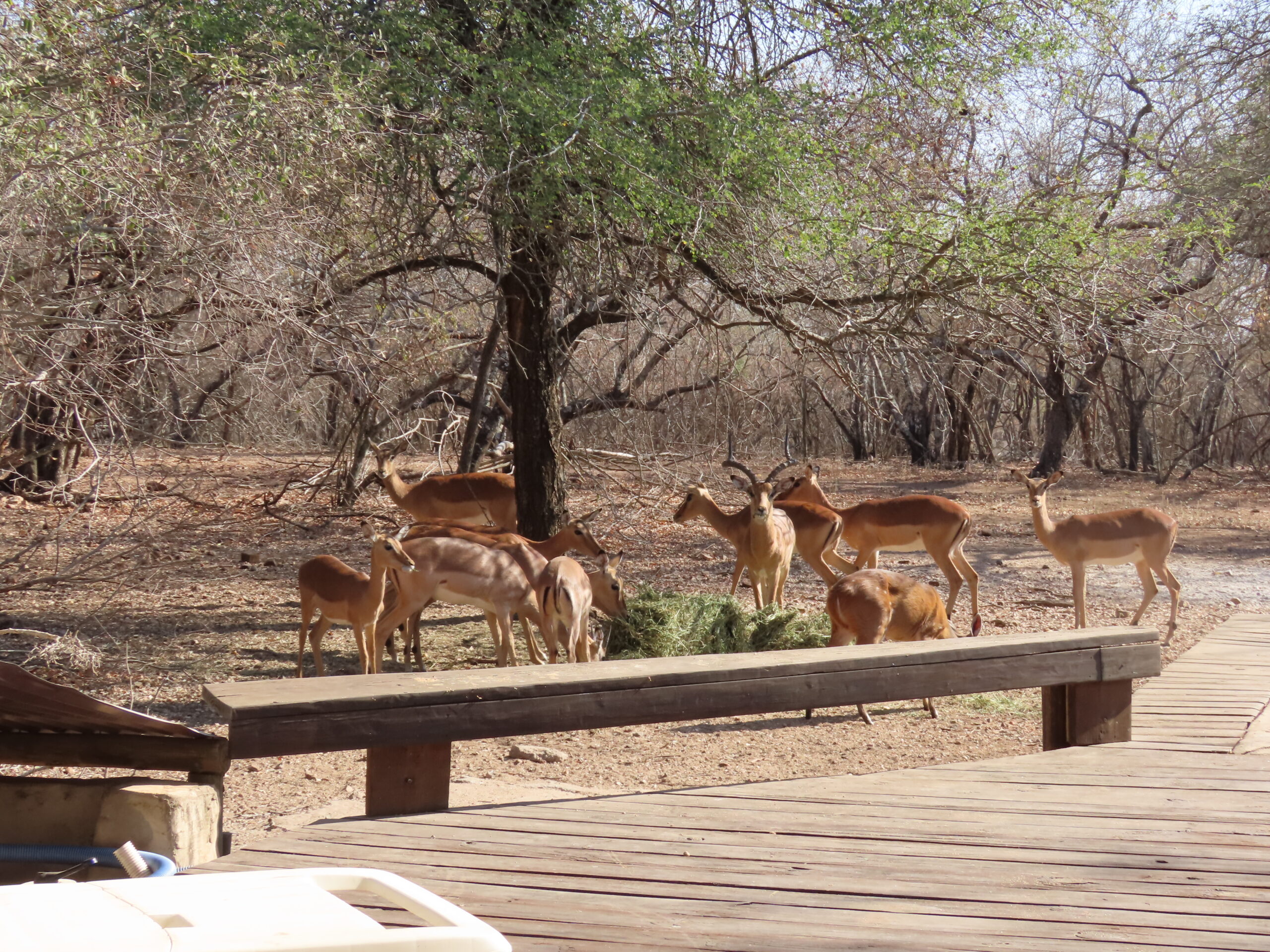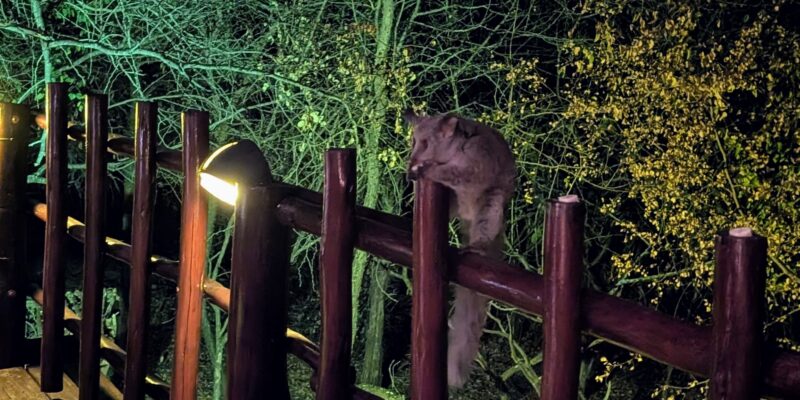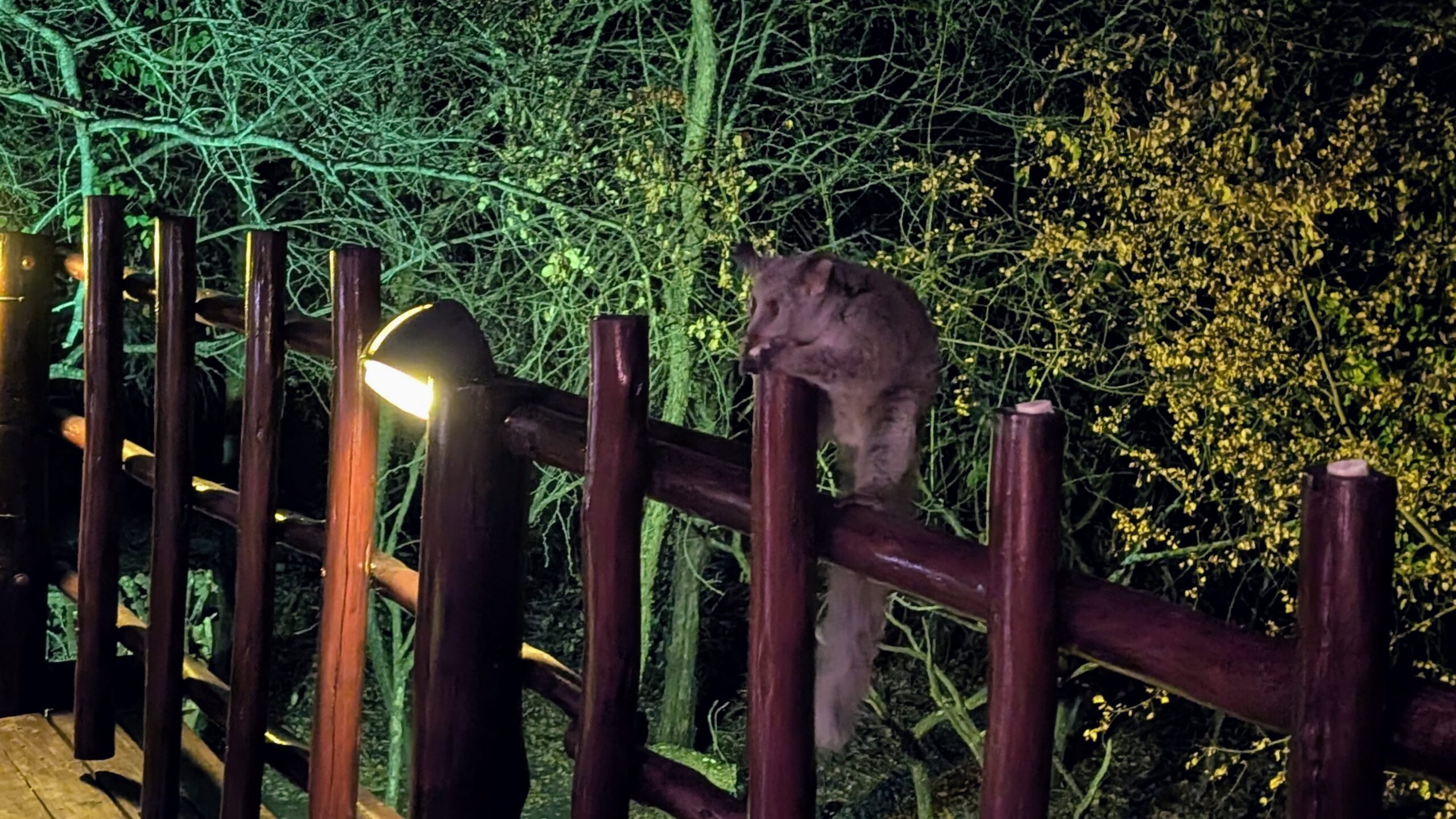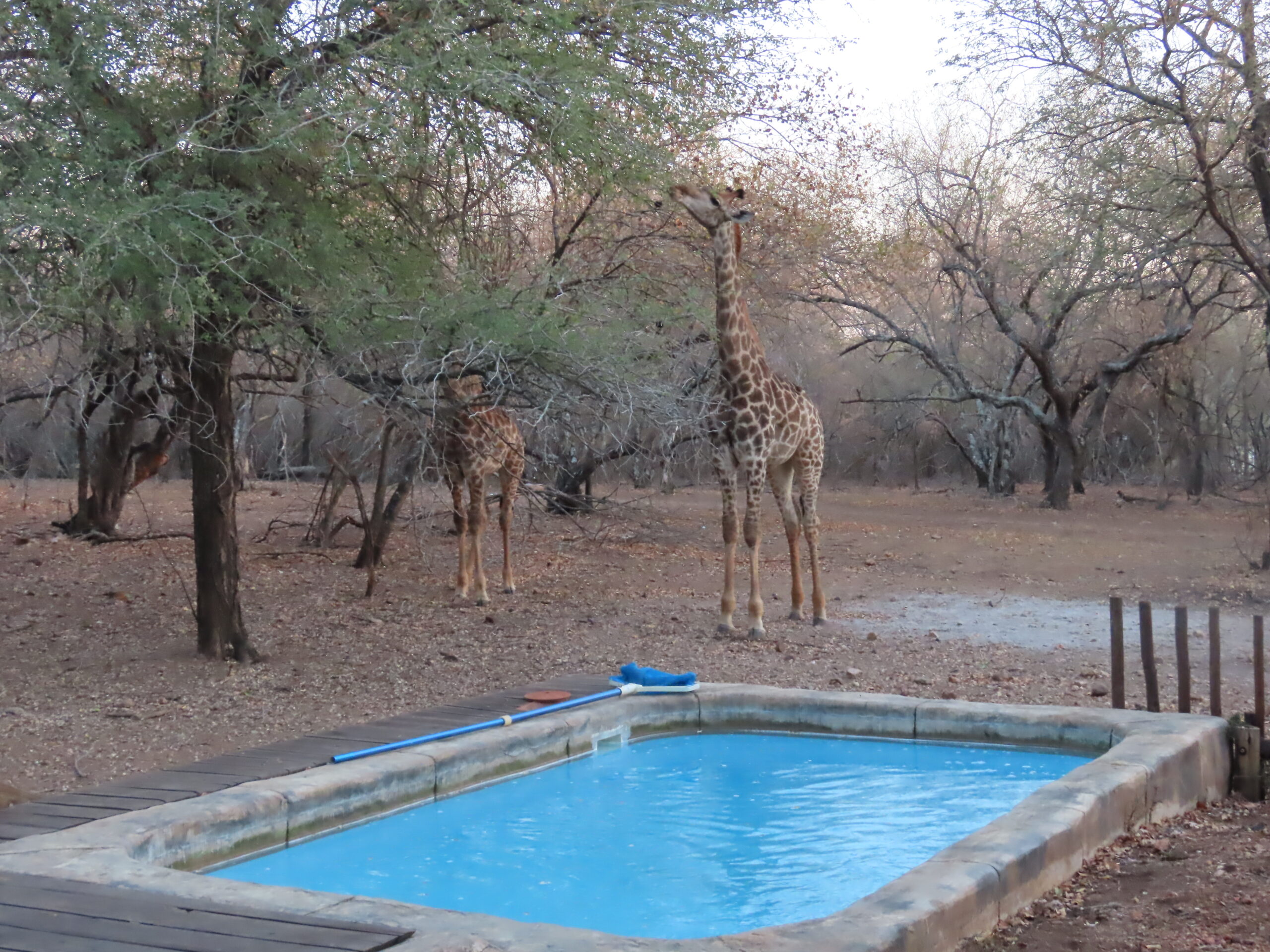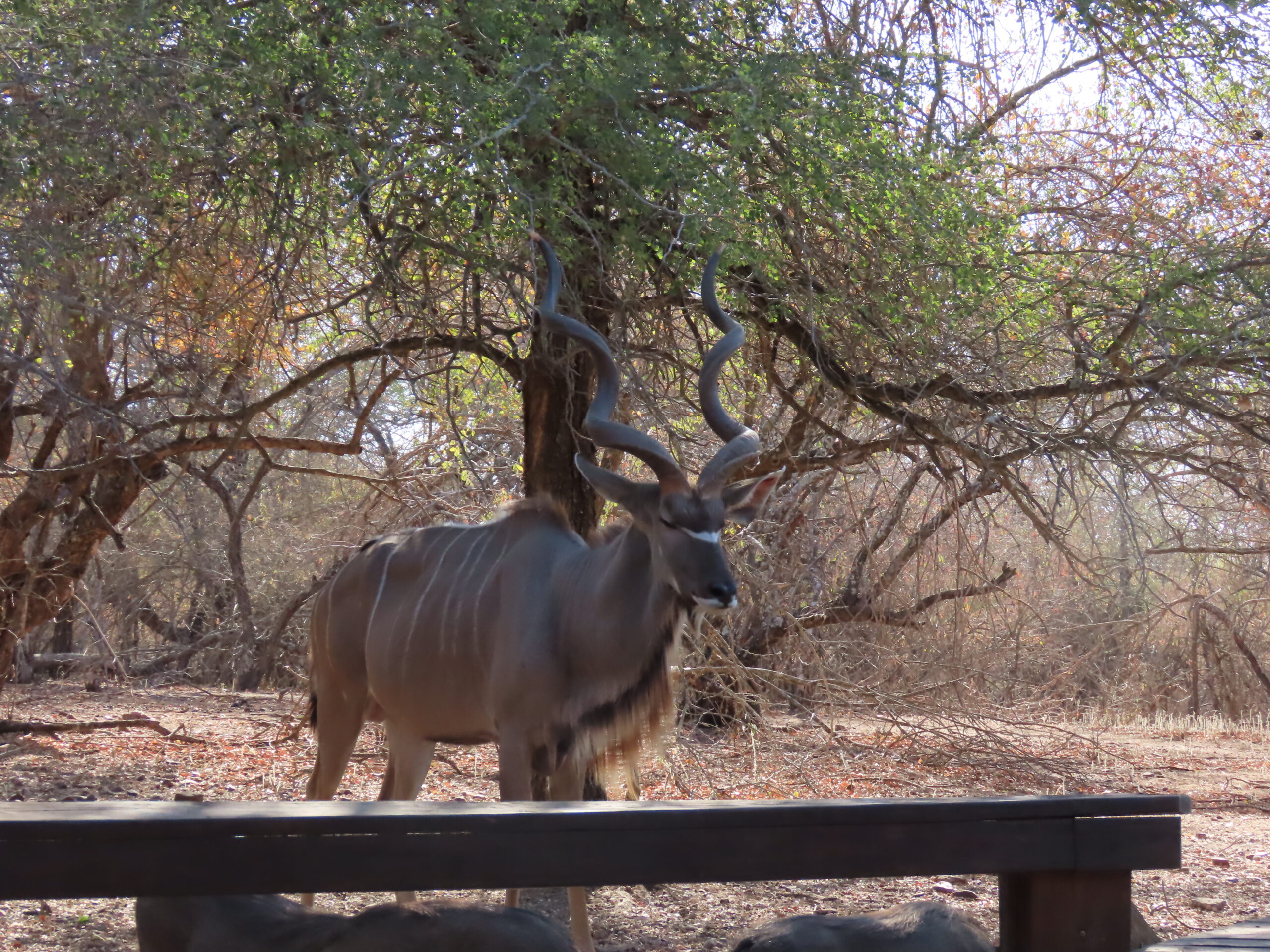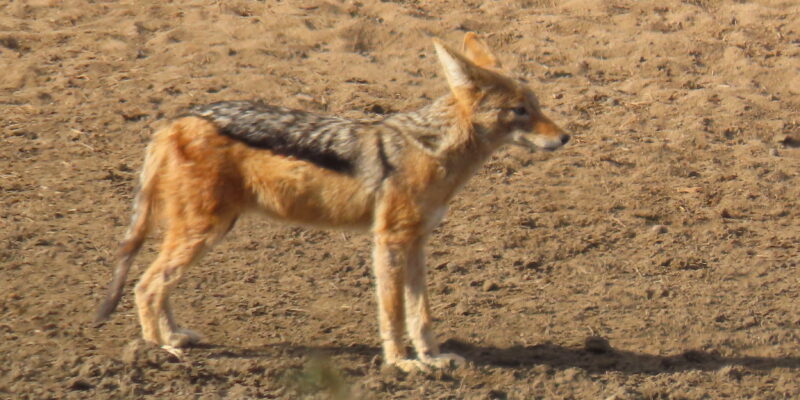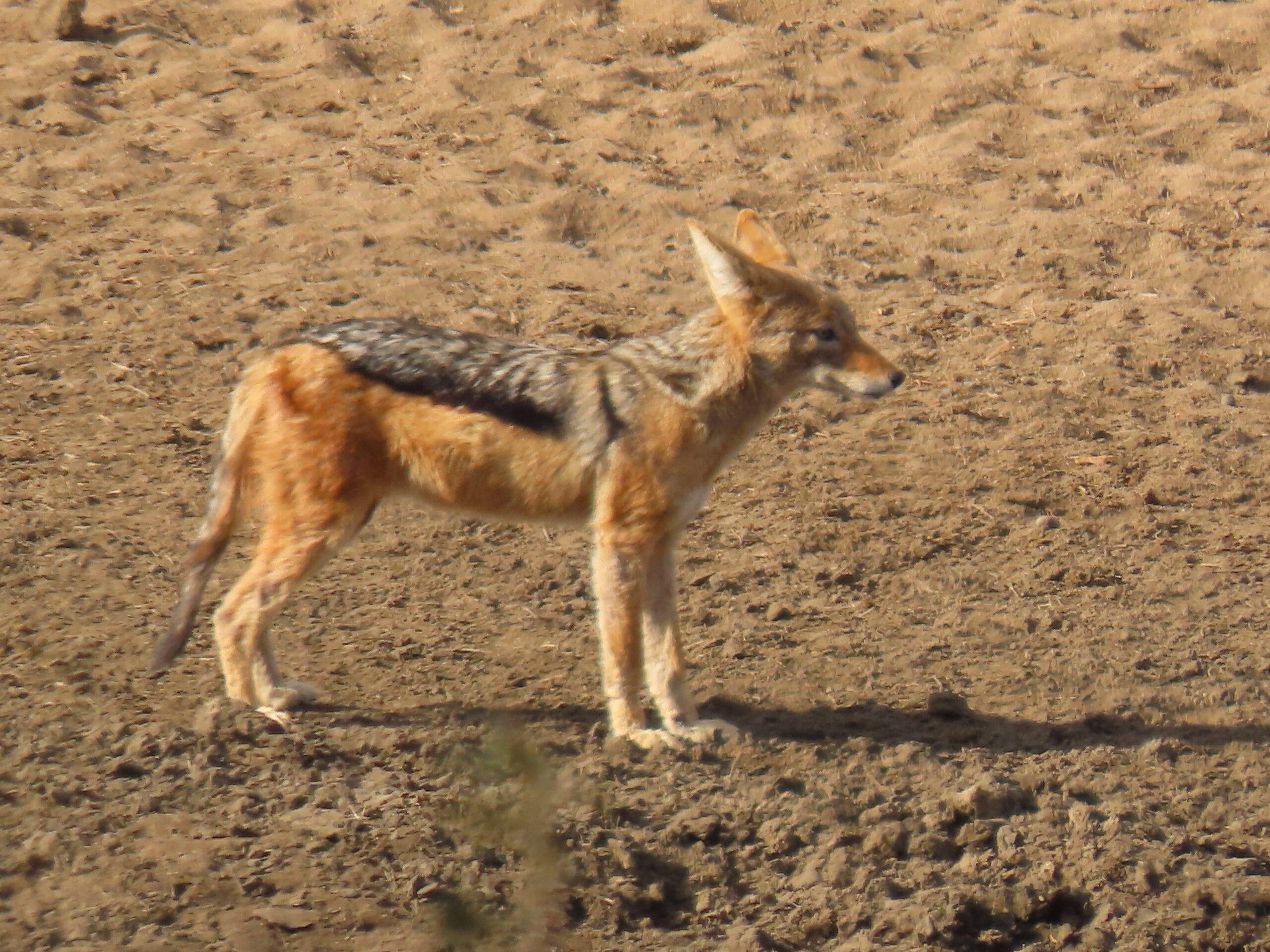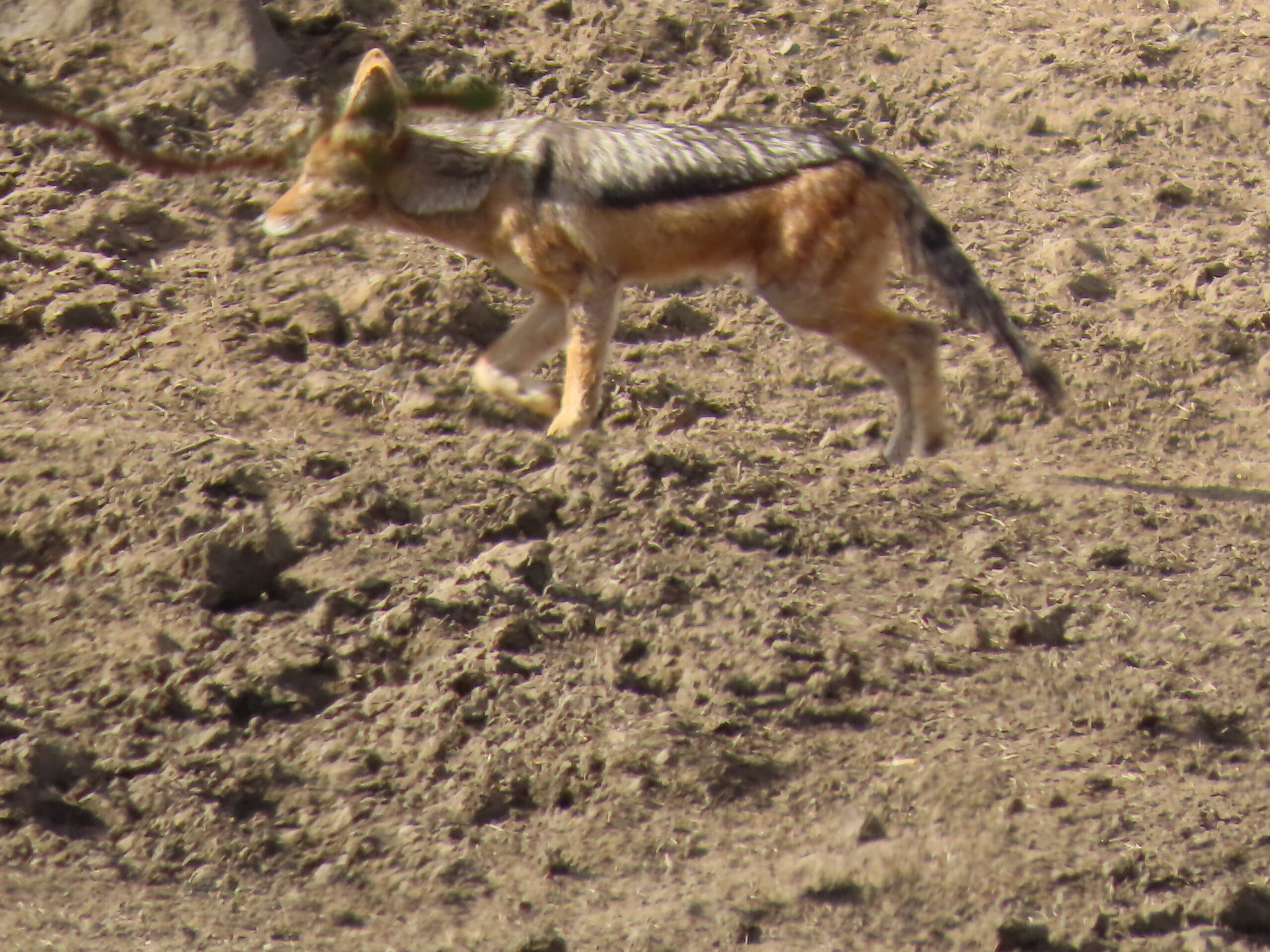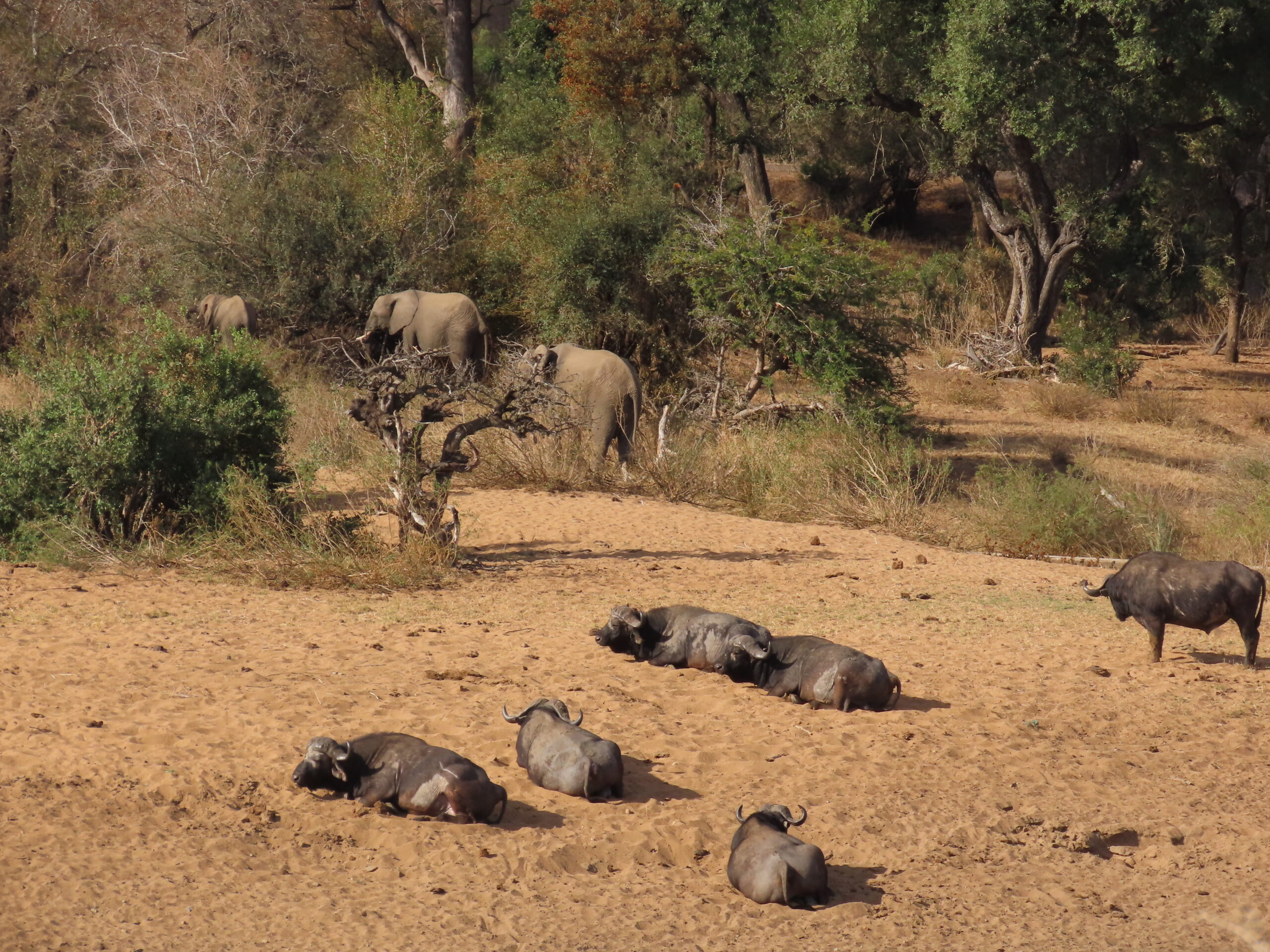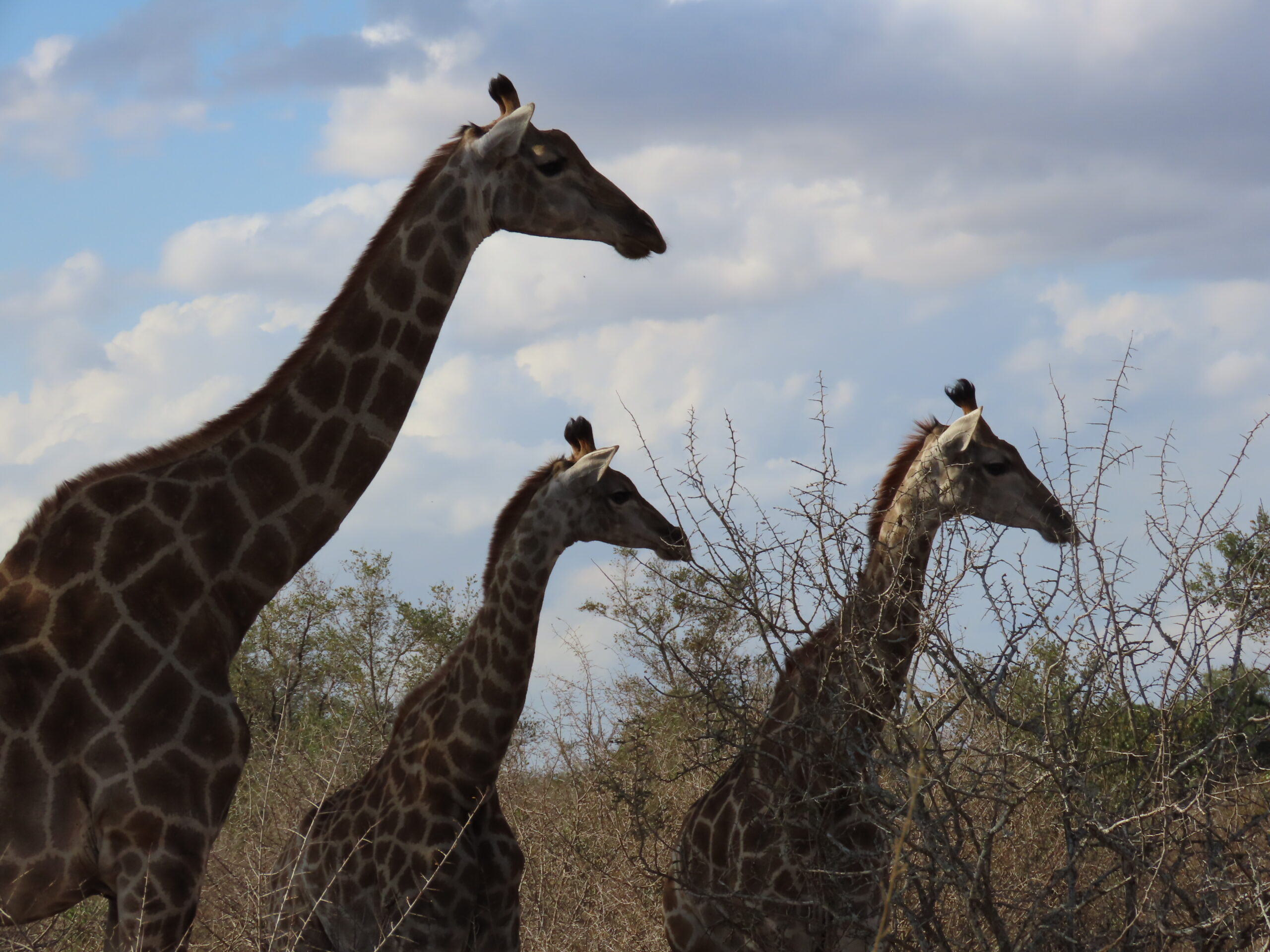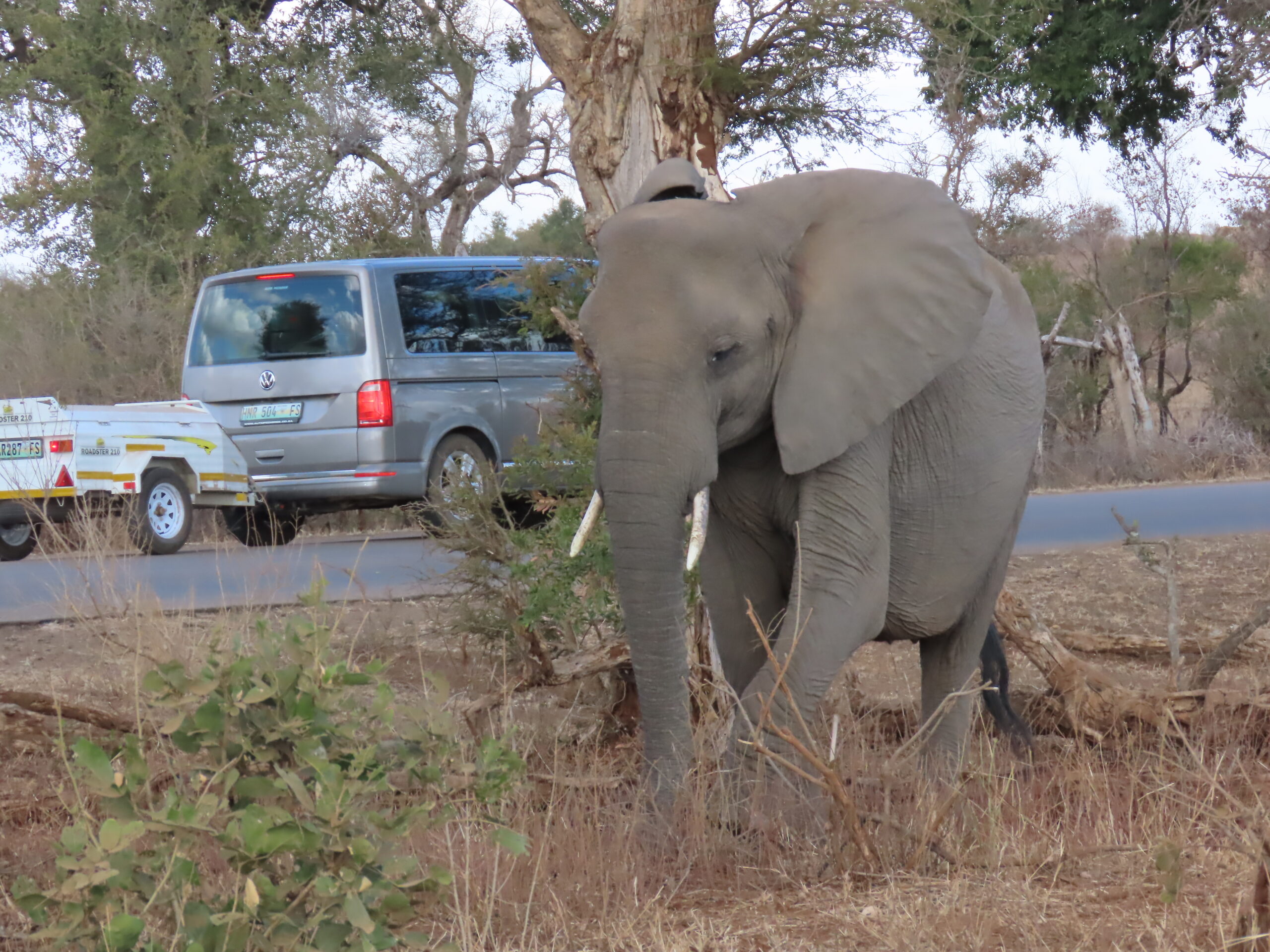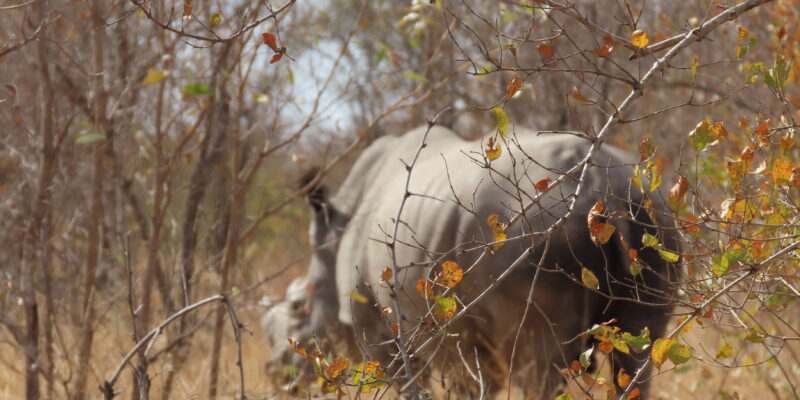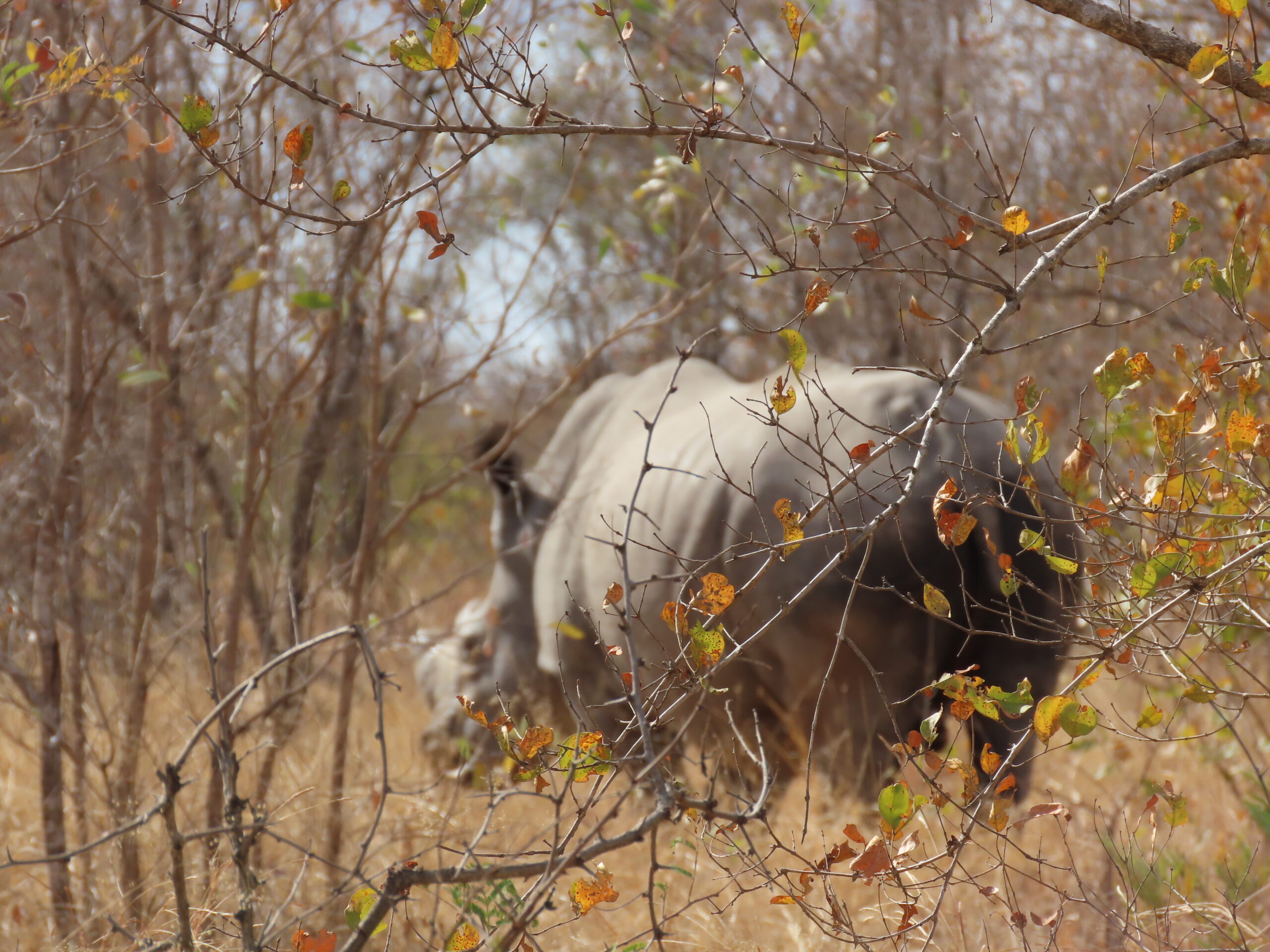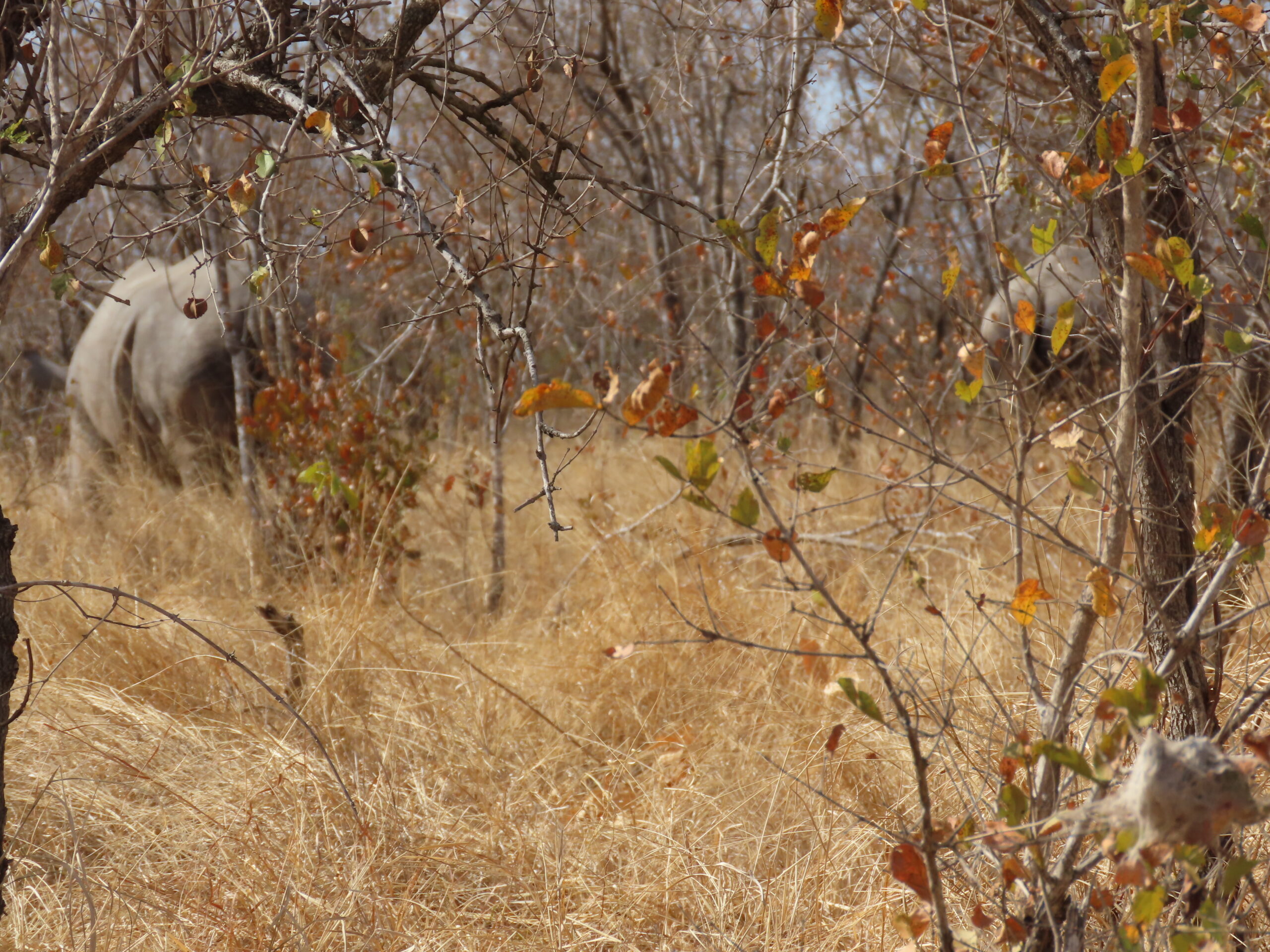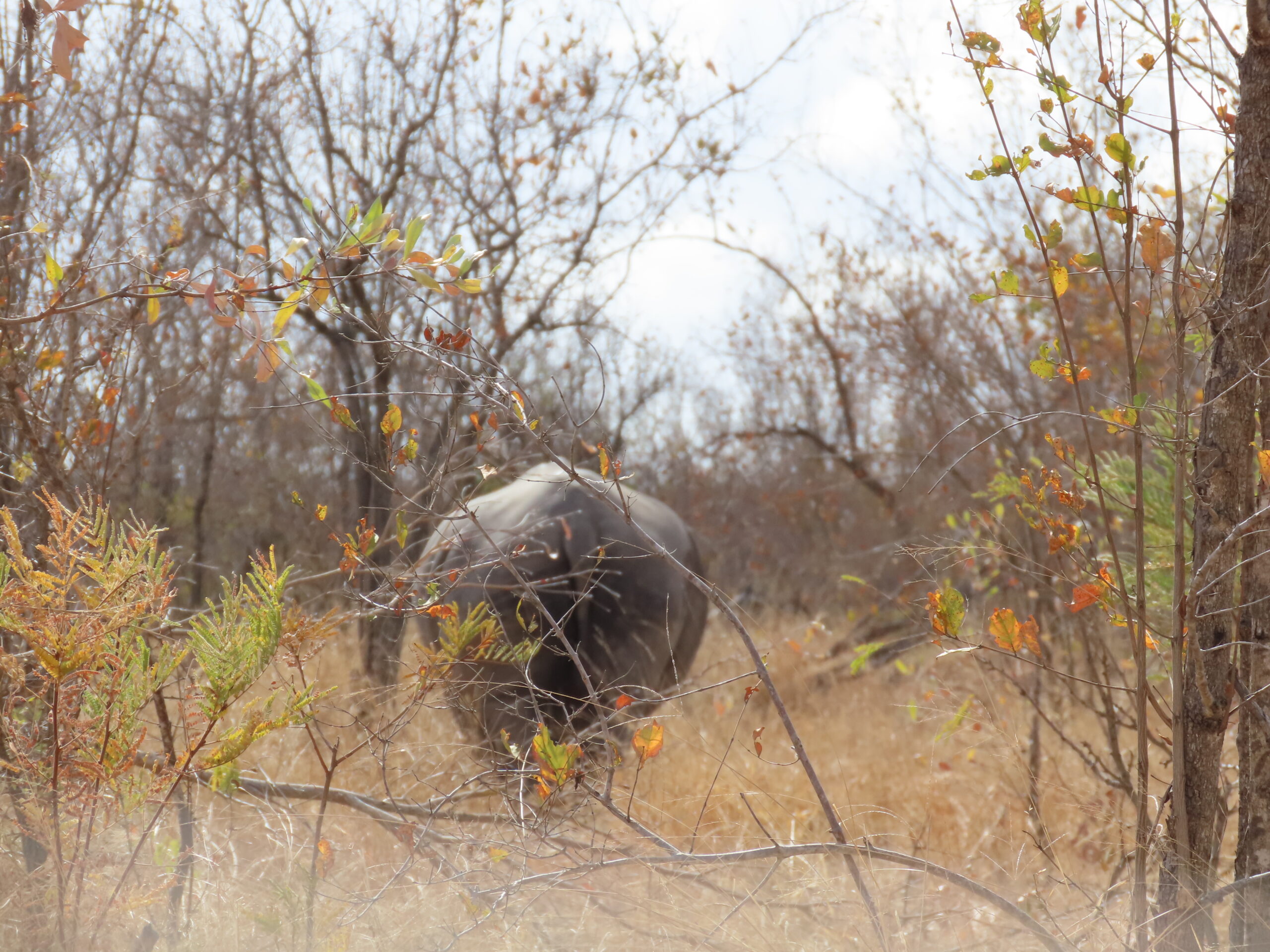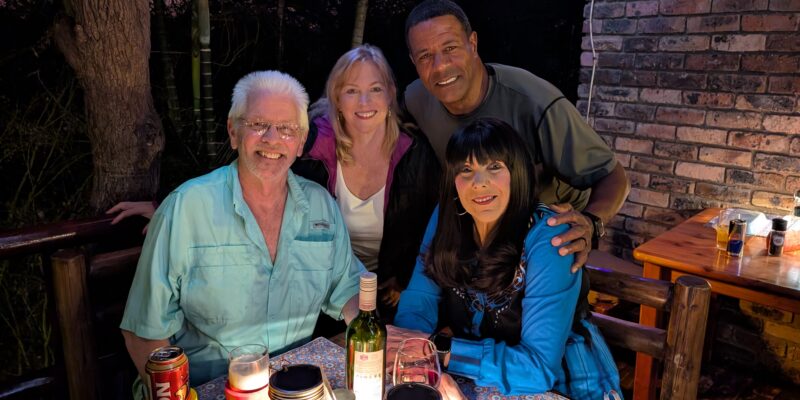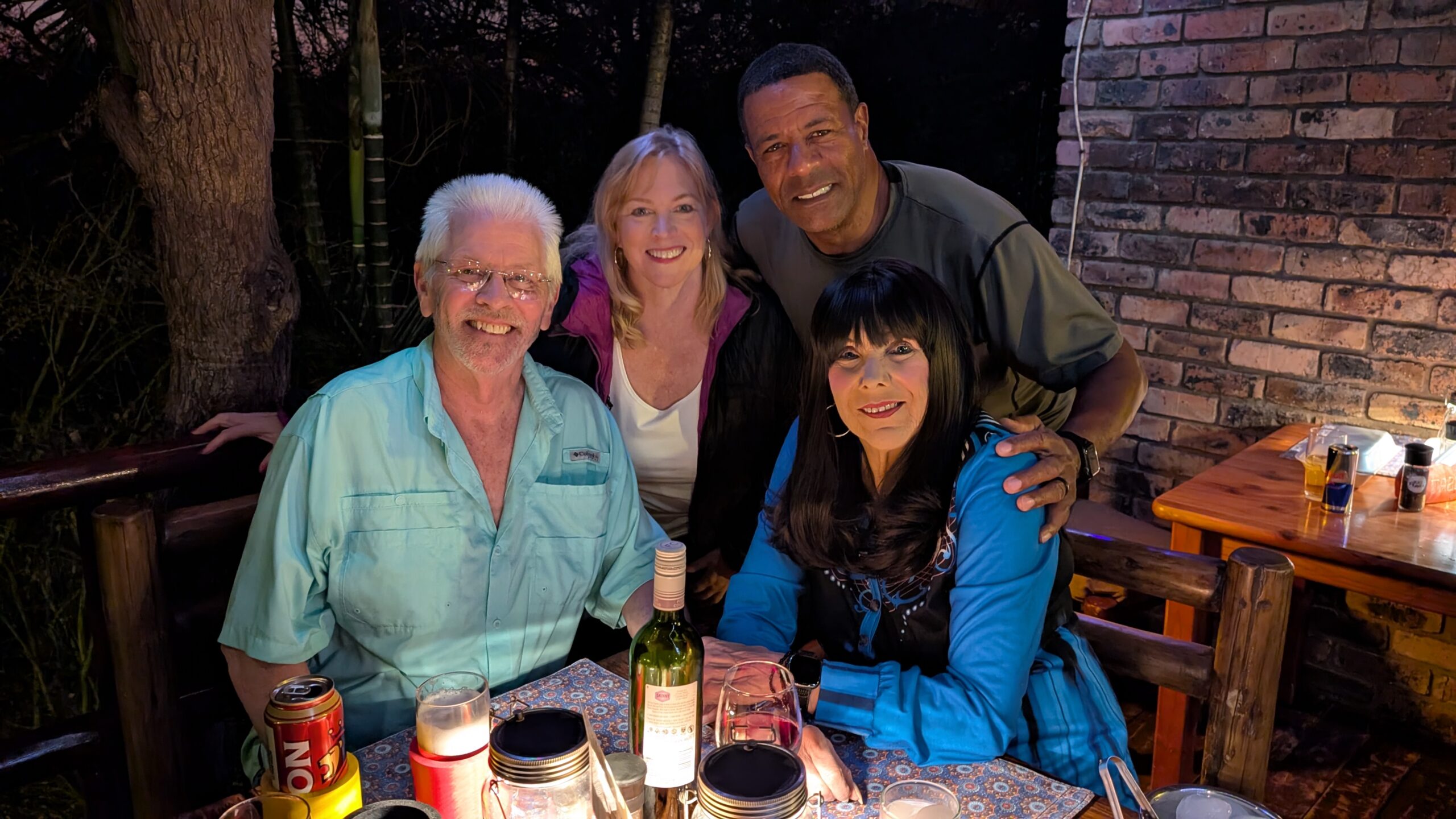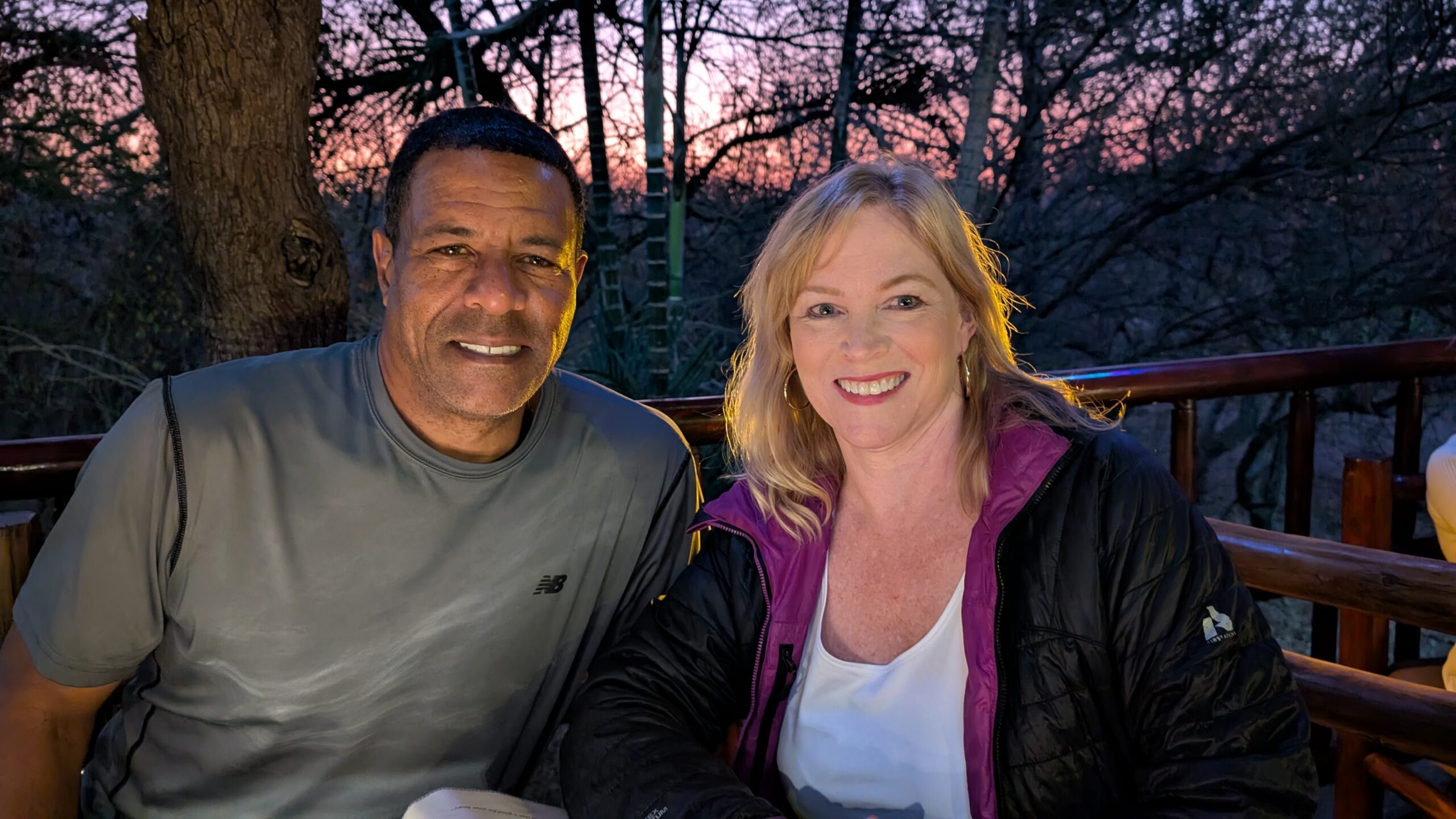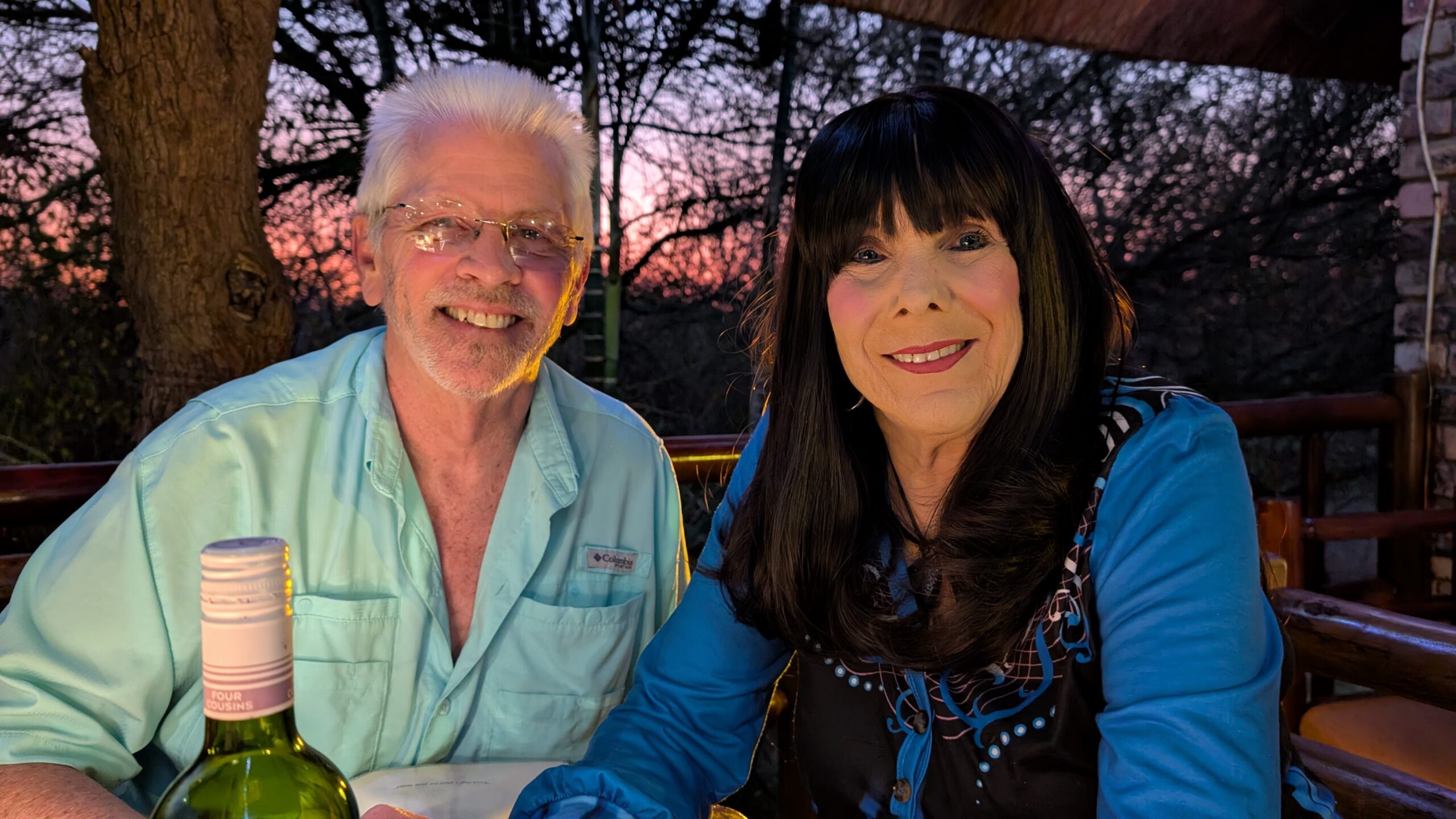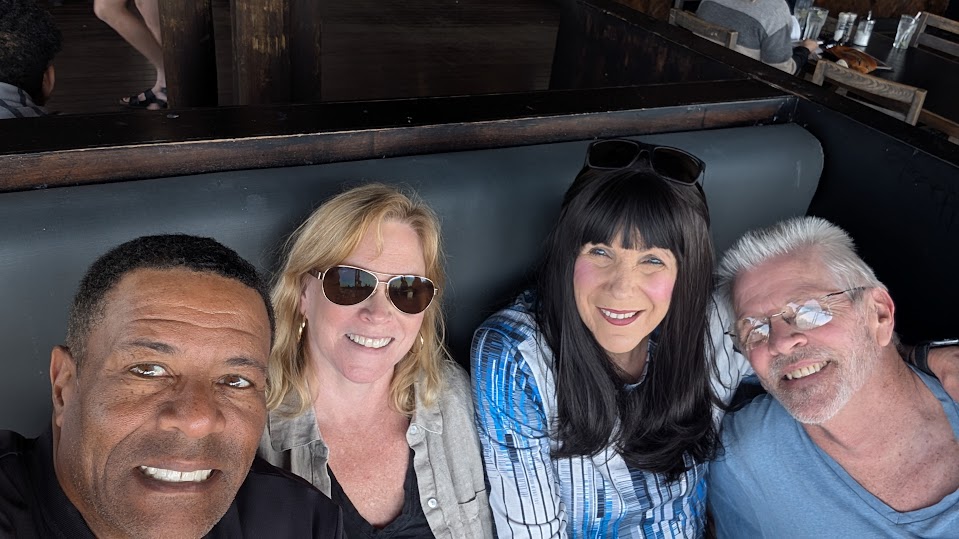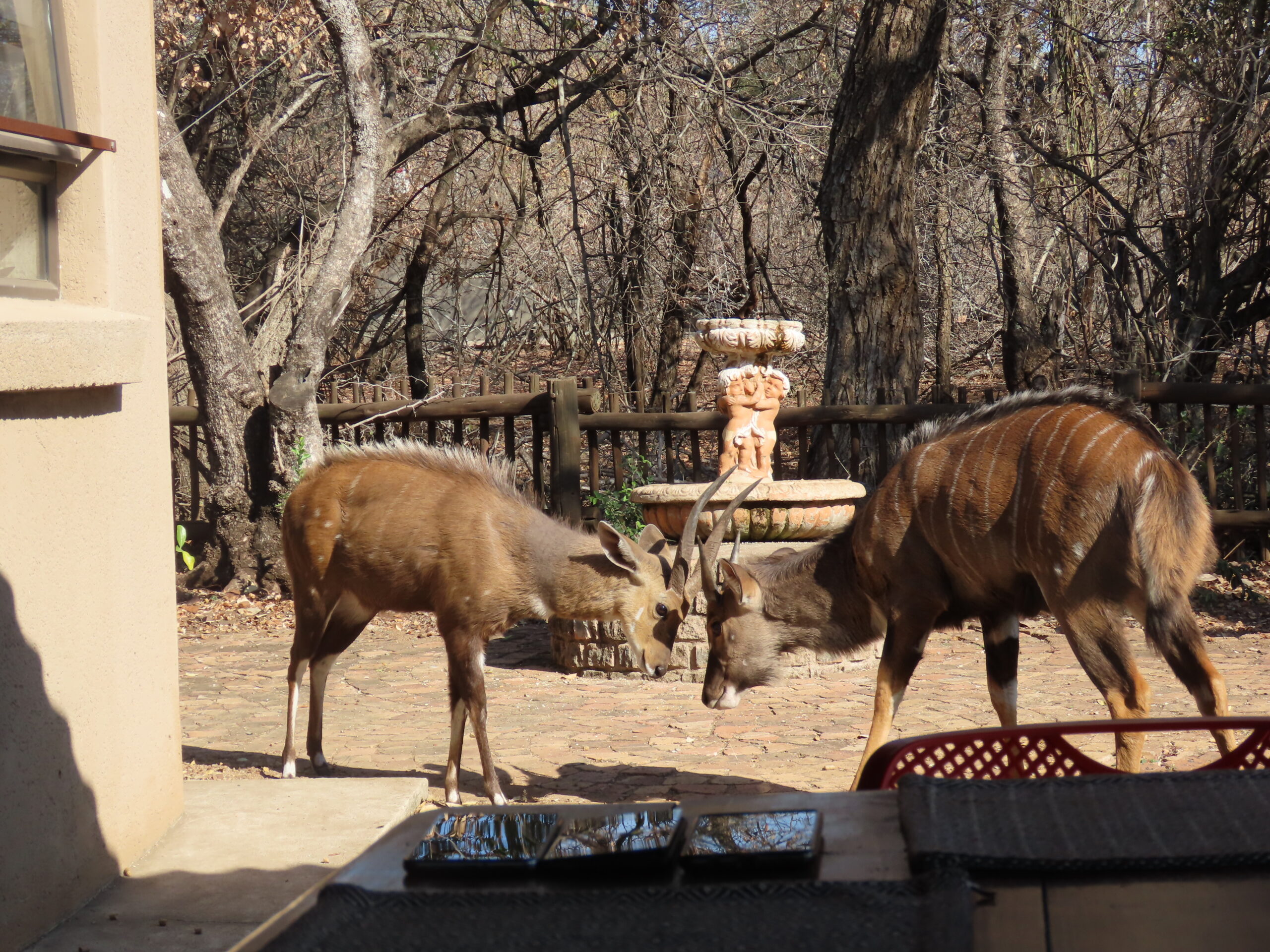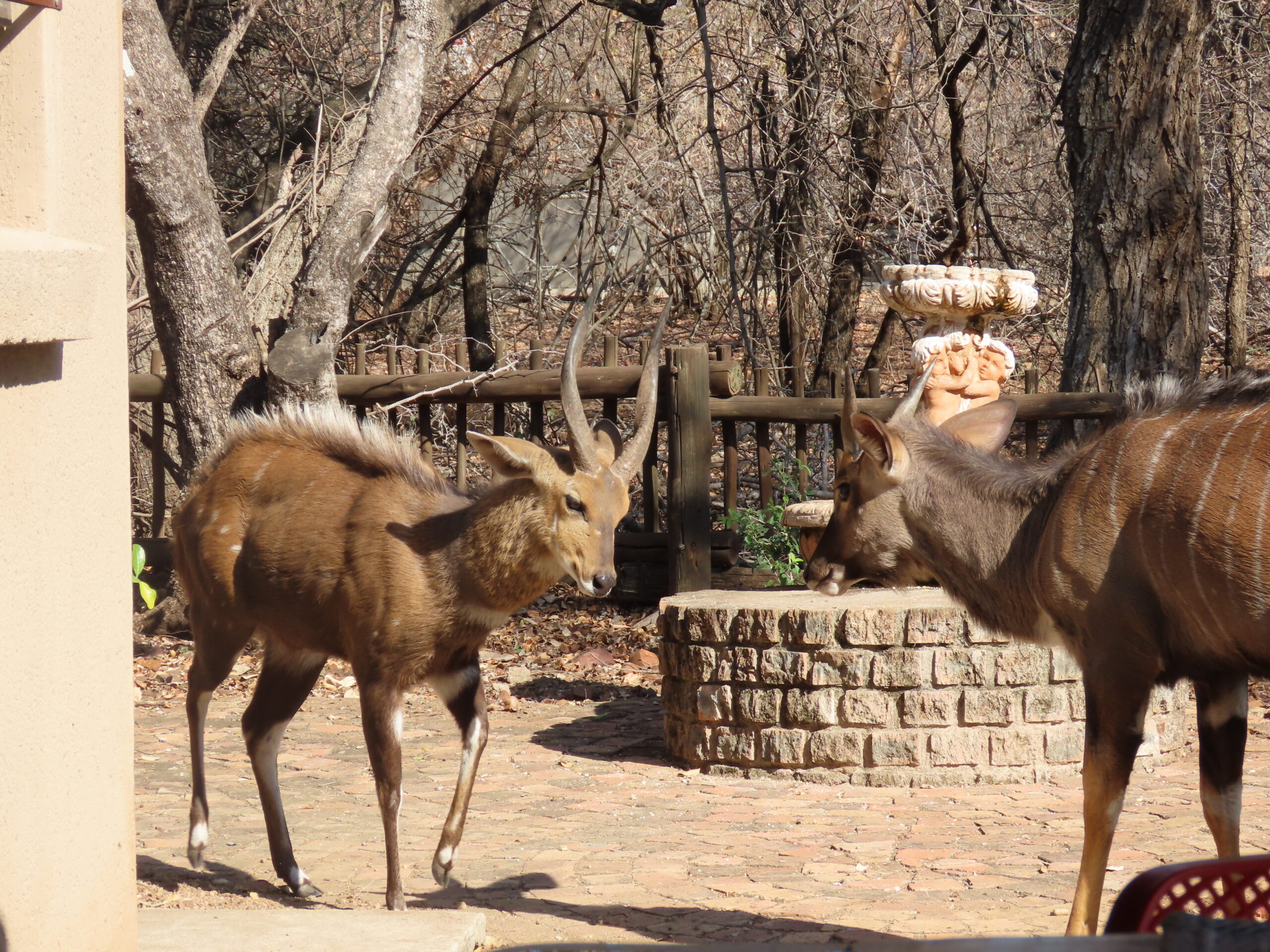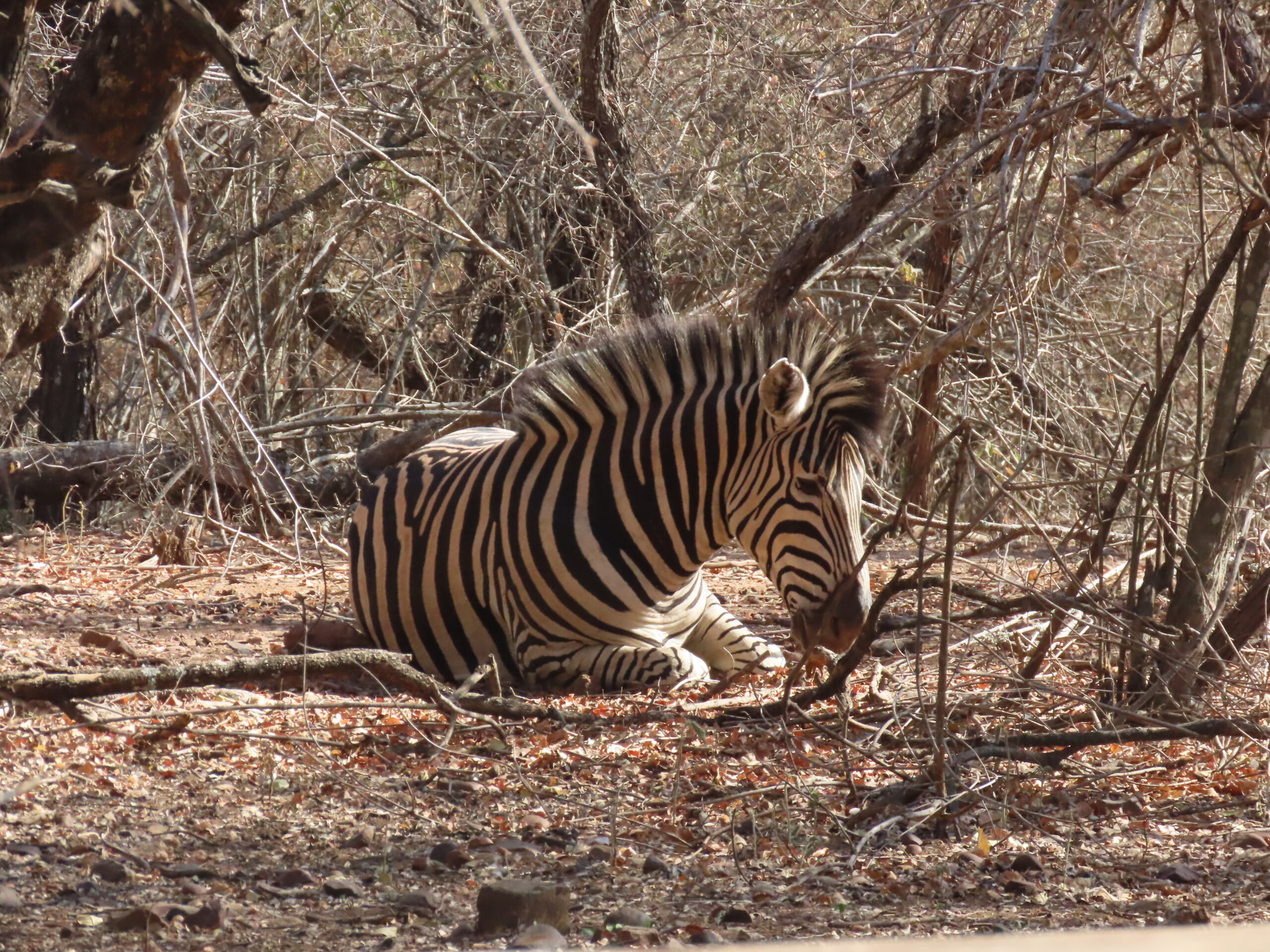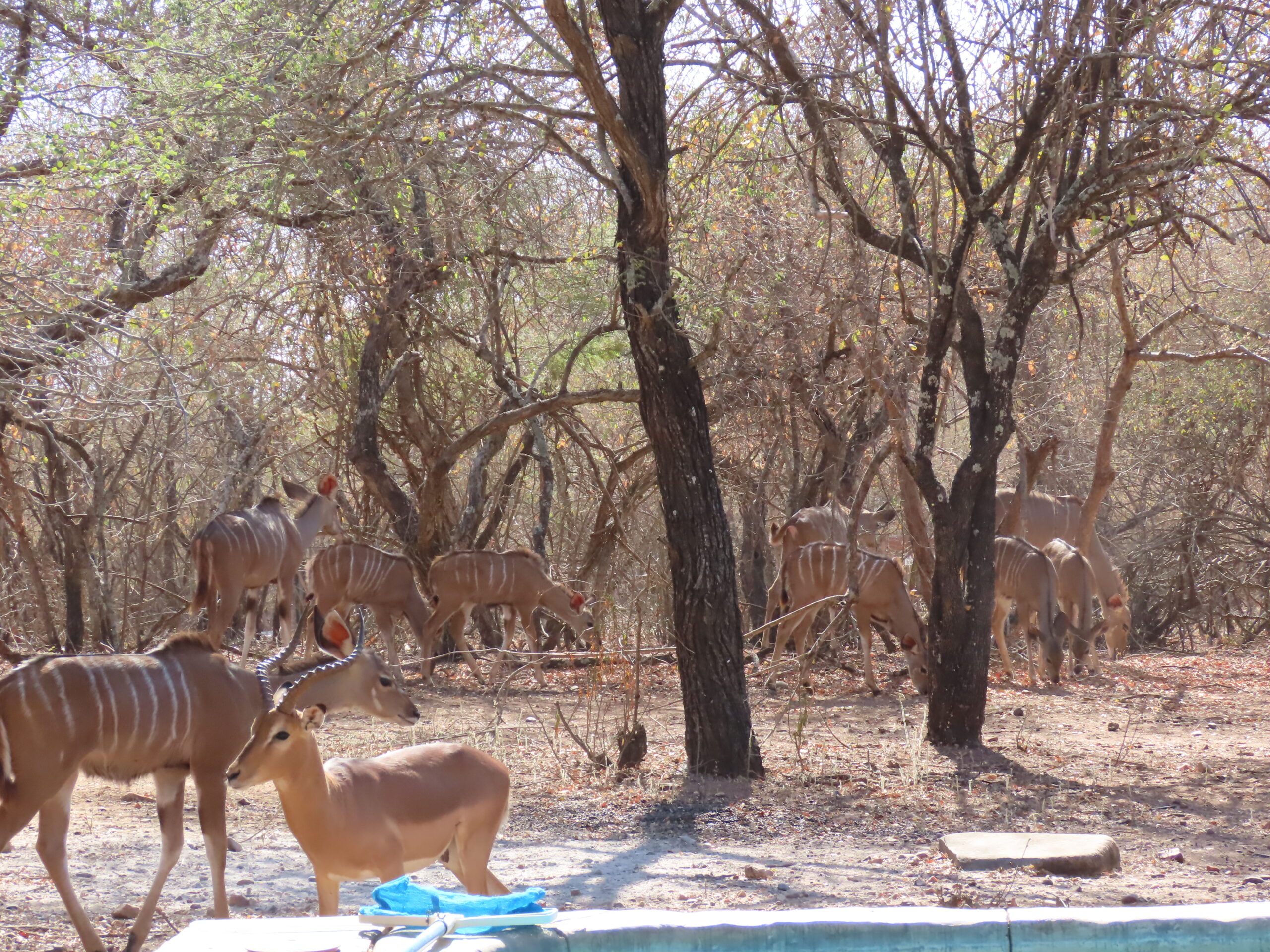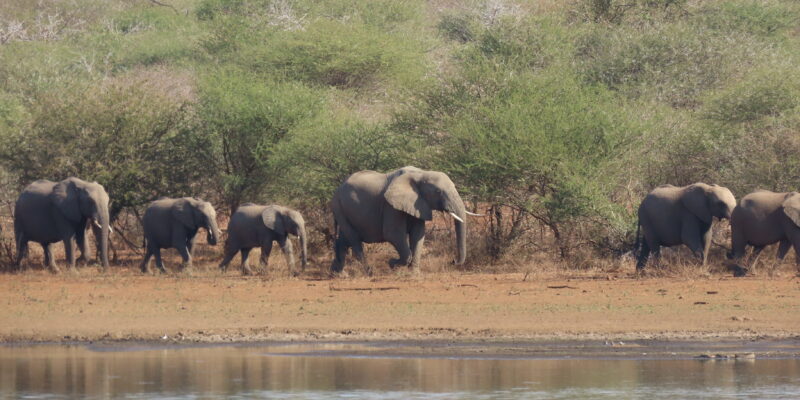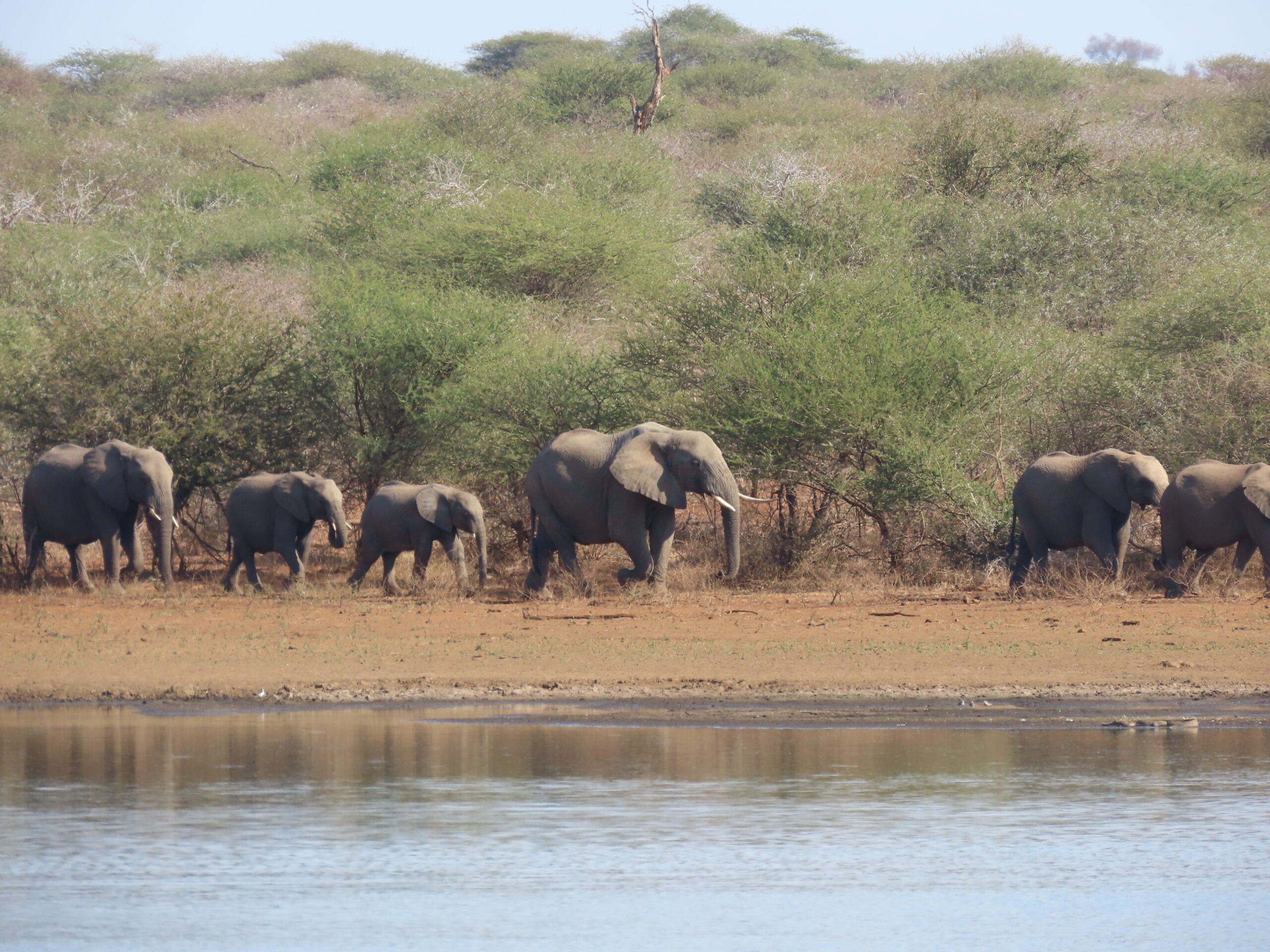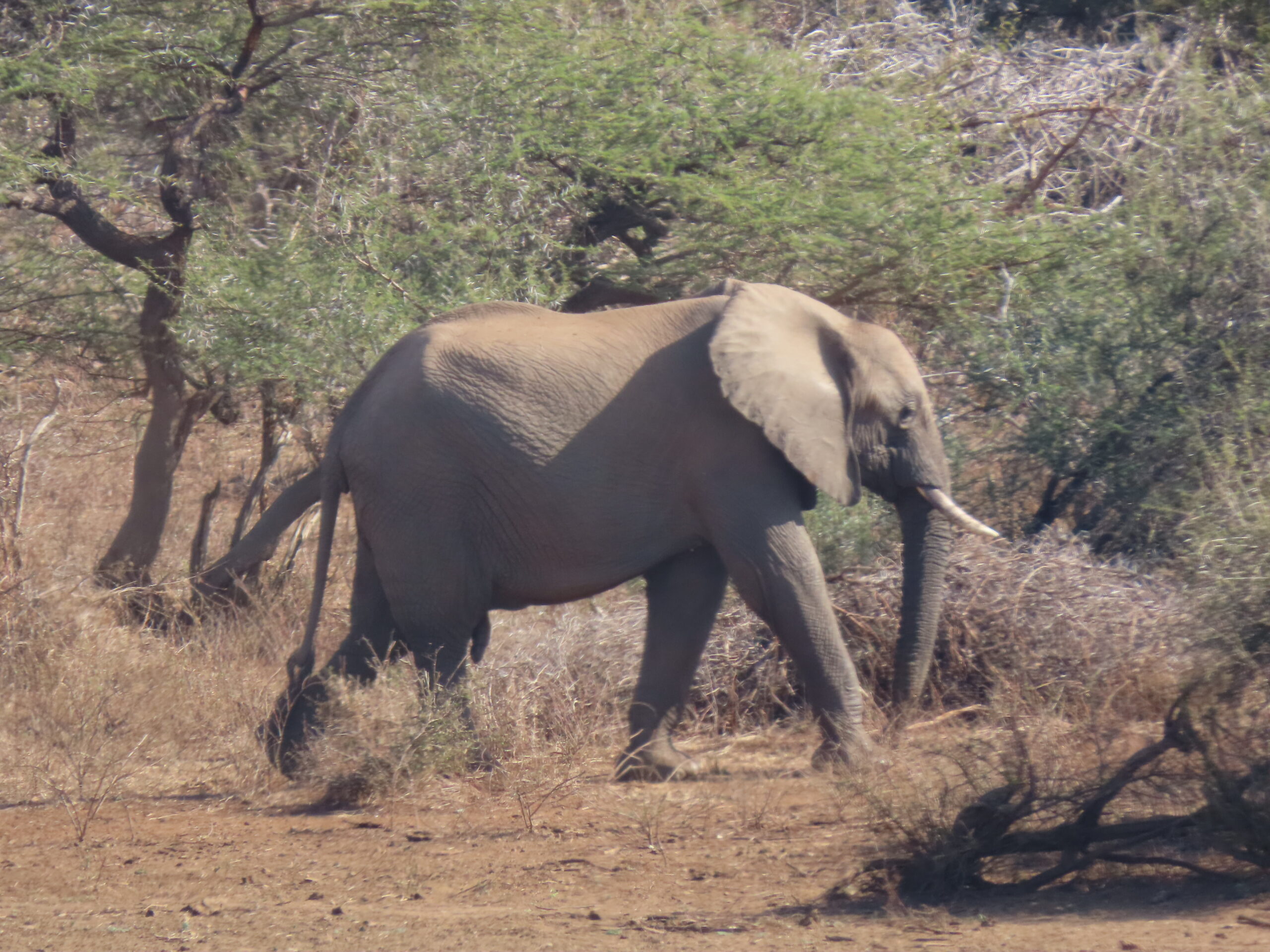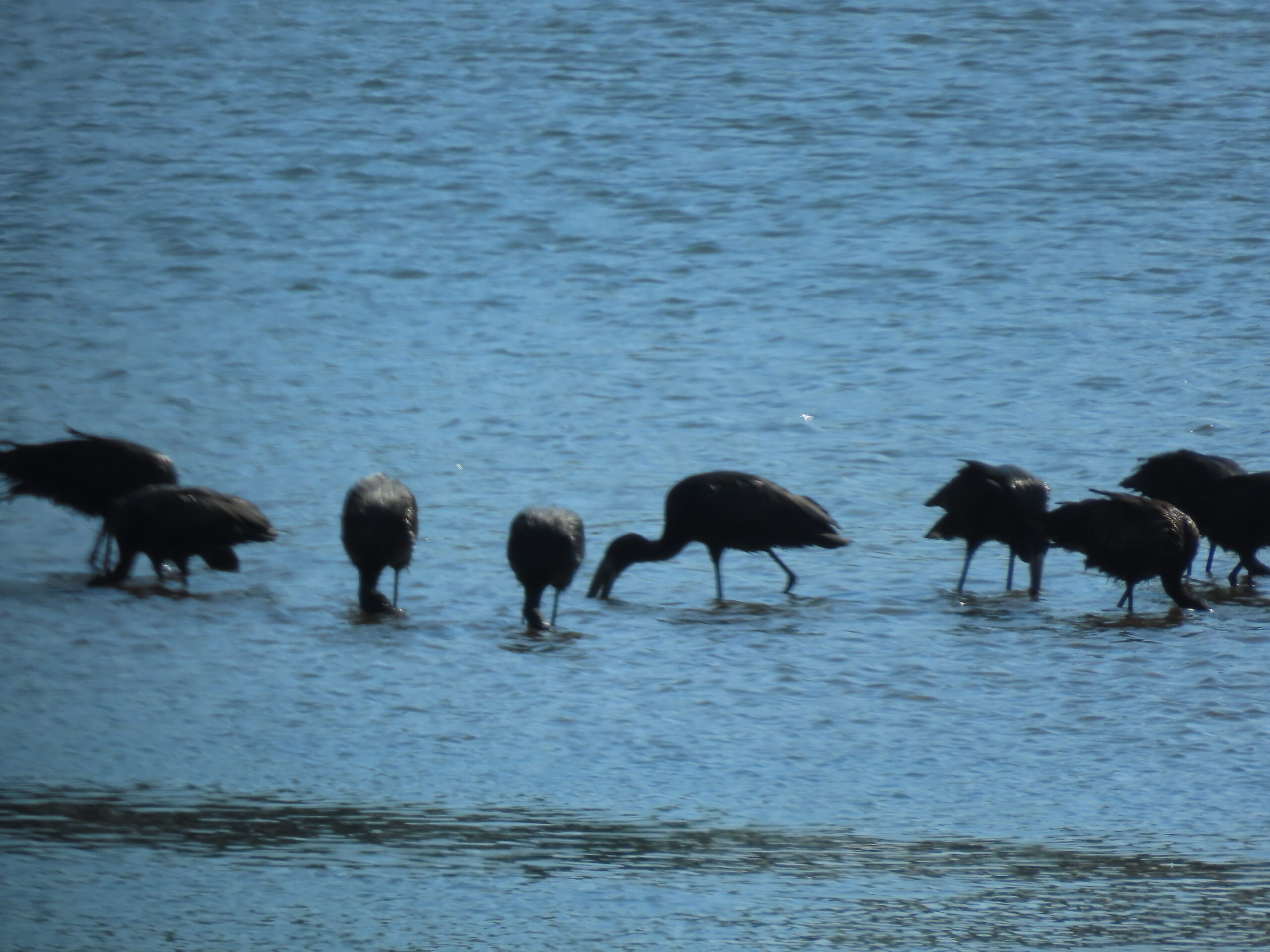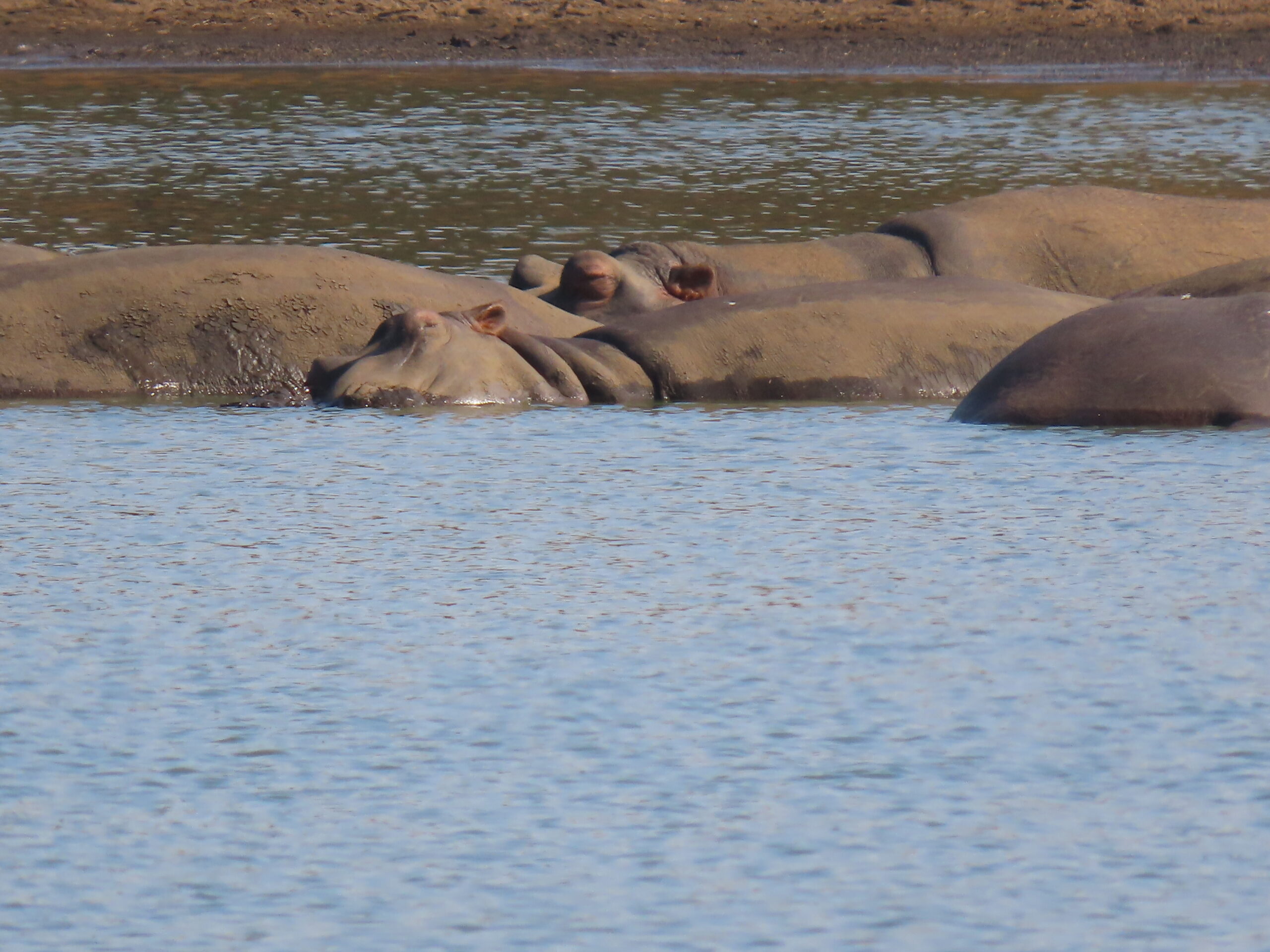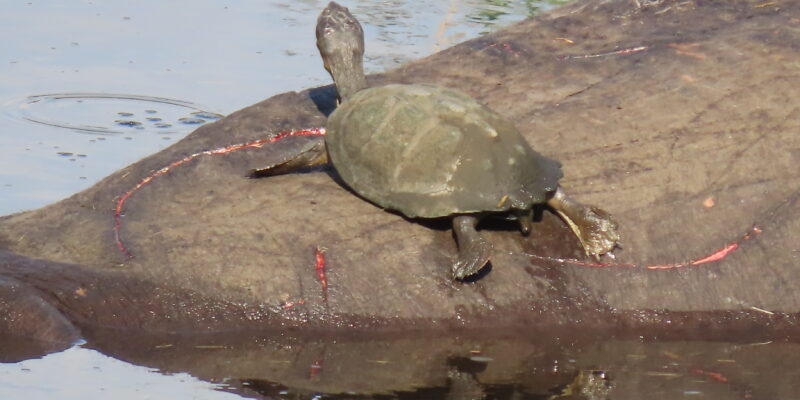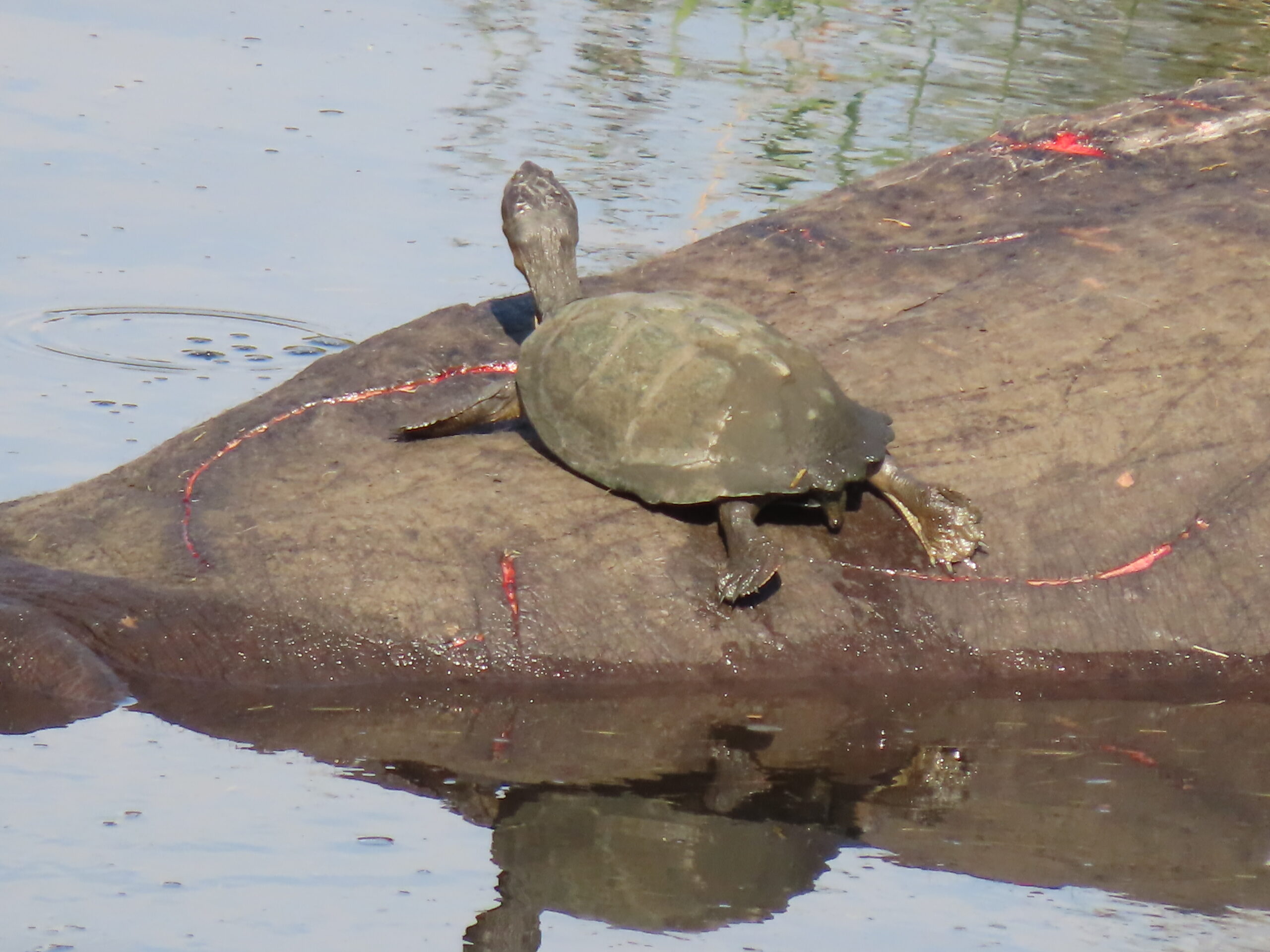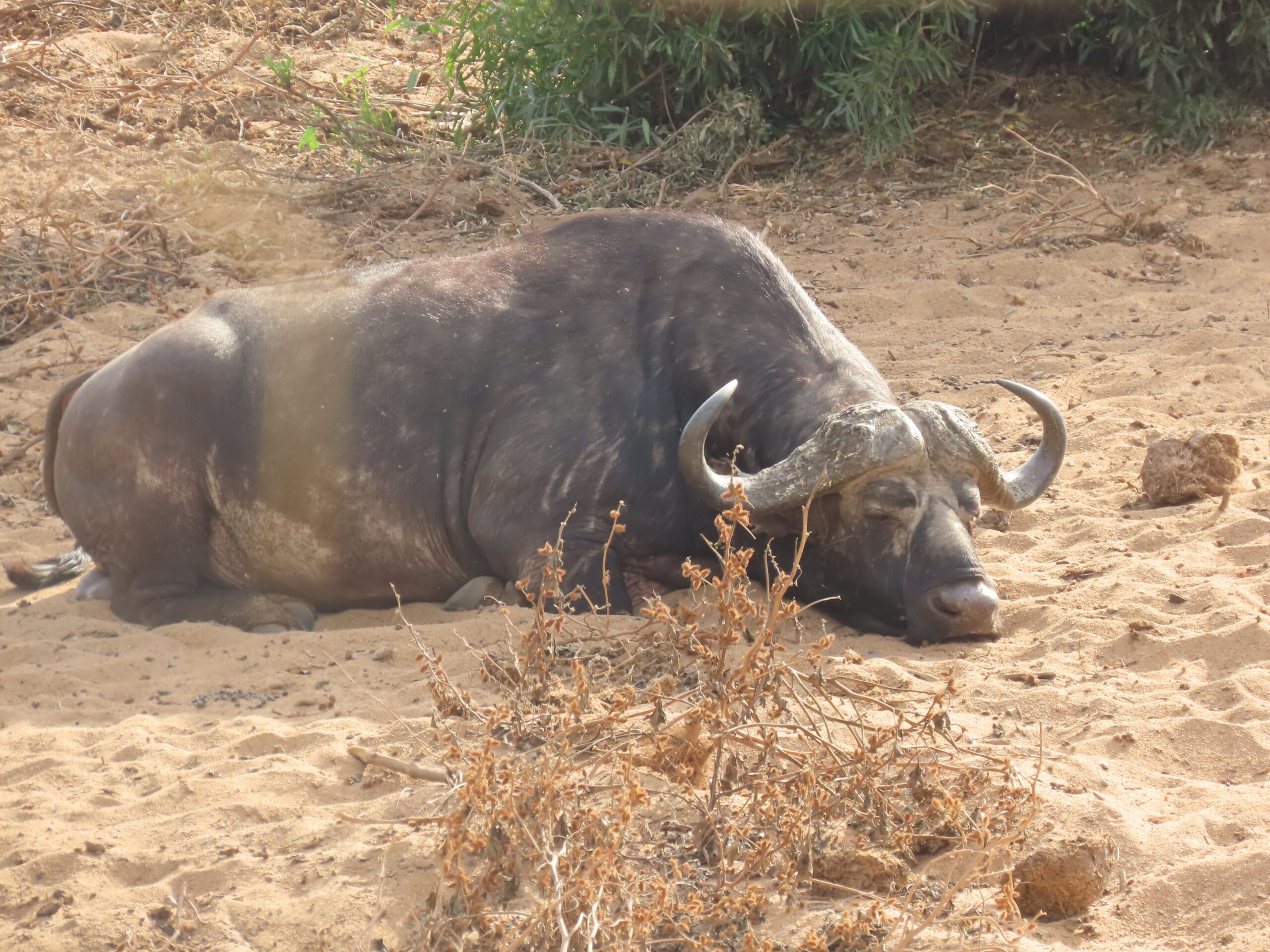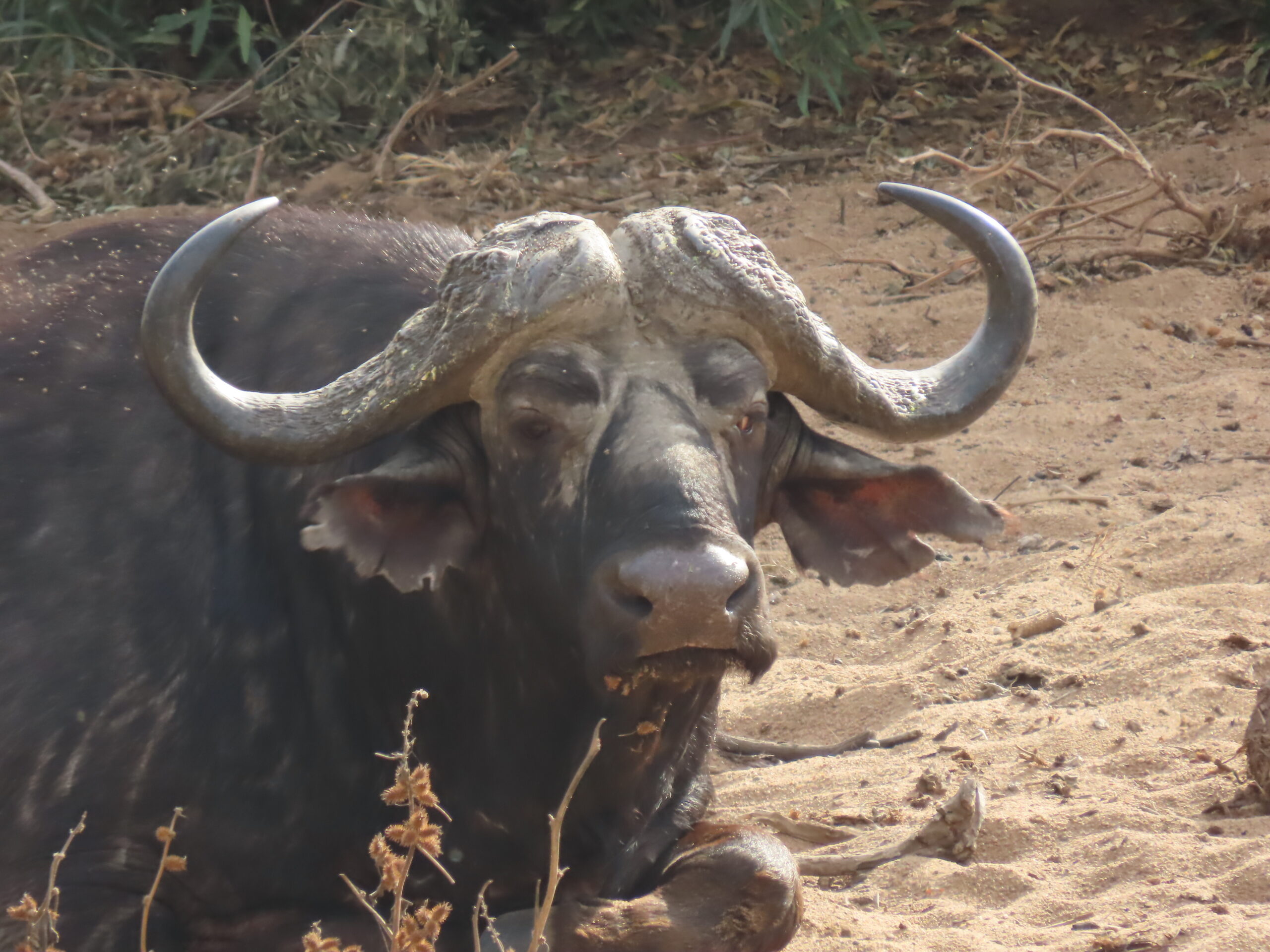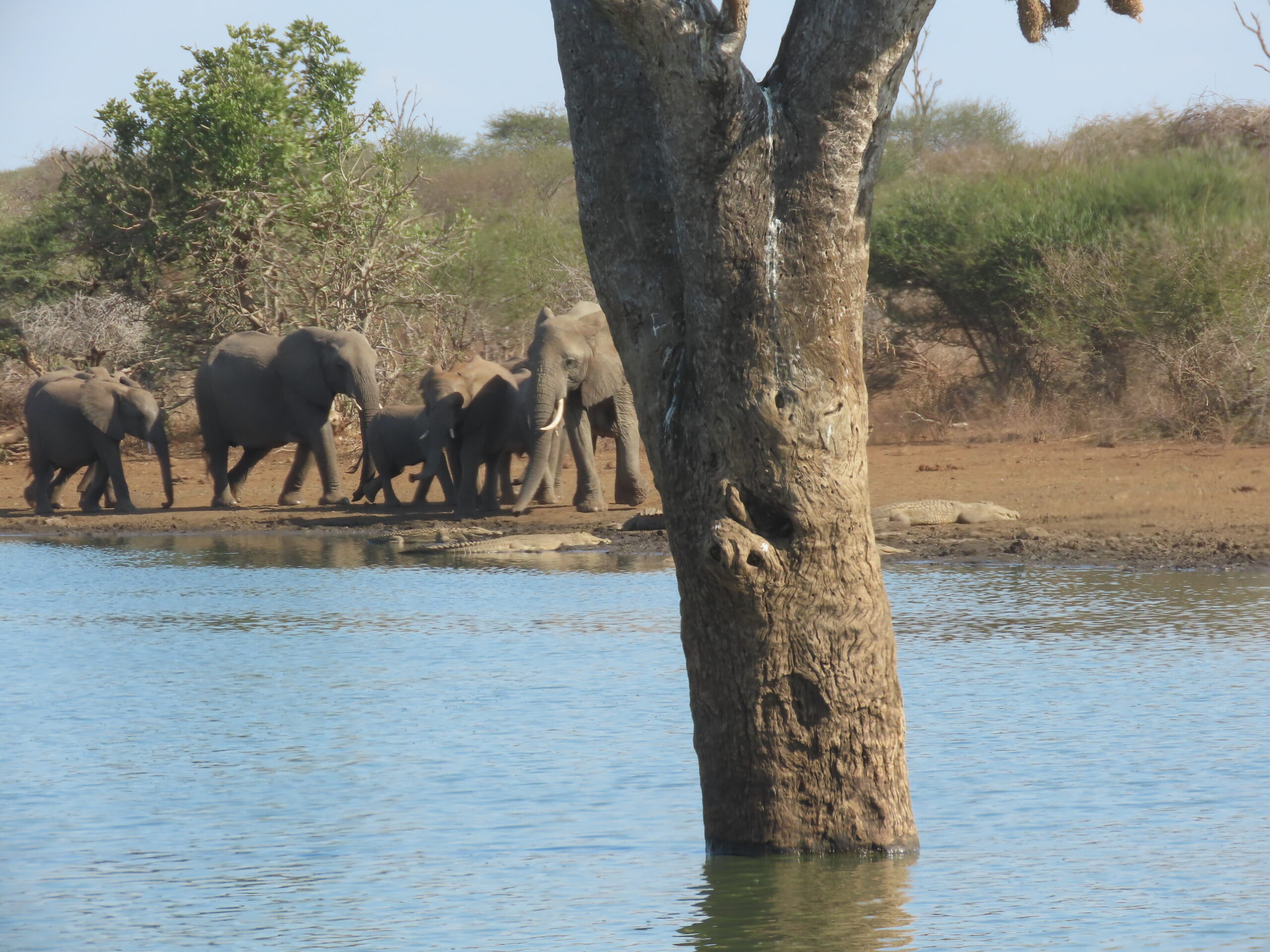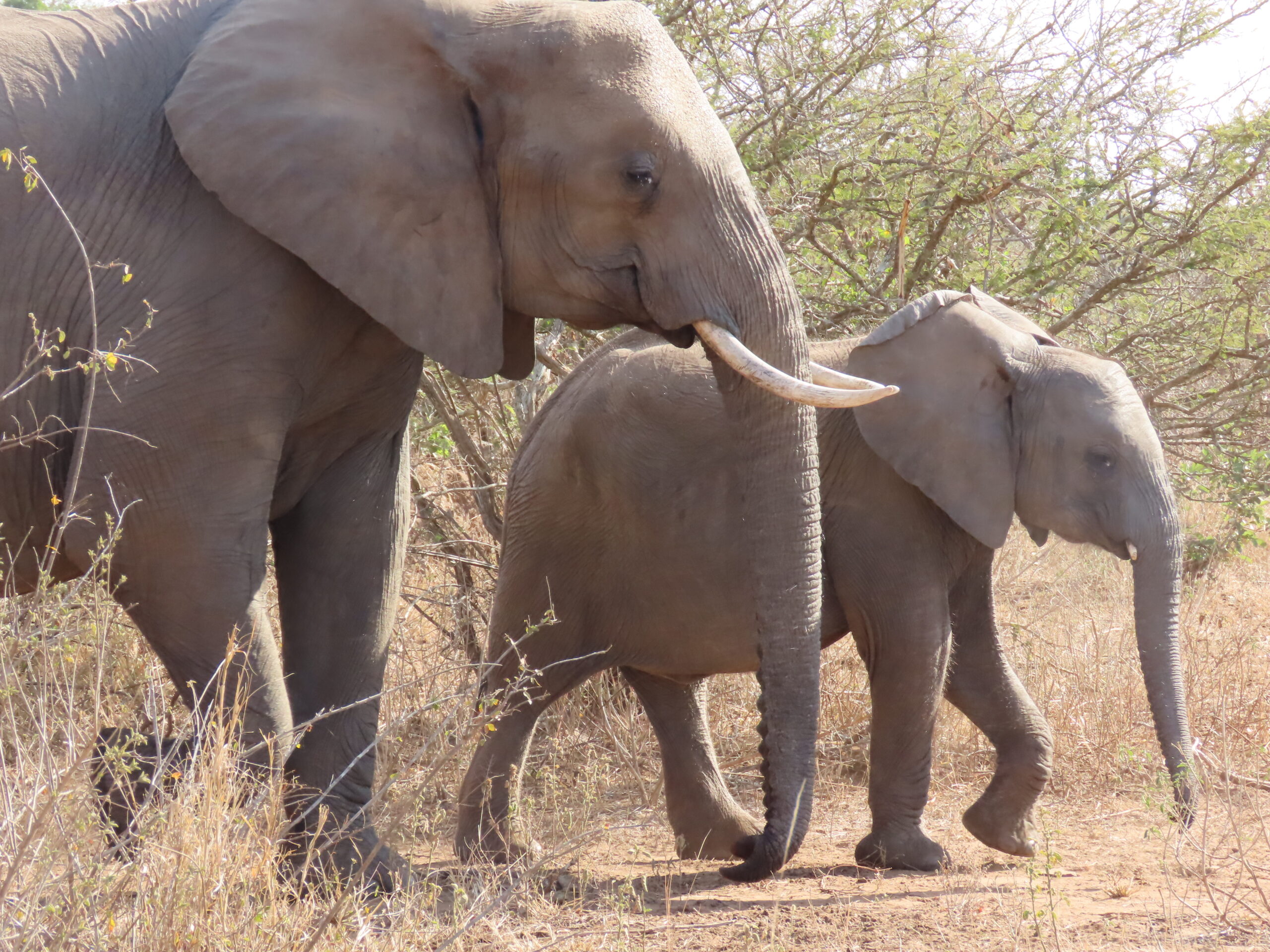
Today, our dear friends Kady and Rich will be leaving Marloth Park at 2:30 pm, when driver Wayland arrives to drive them to the airport in Nelspruit to begin the long journey back to their home in Florida, USA. We certainly understand the rigors of the almost two-day trek with long layovers and uncomfortable flights.
It’s been fantastic having them here with us, with busy days and nights interspersed with an endless stream of wildlife visitors. Their favorite activity was sitting at the table on our veranda, watching the animals come.

The past 24 hours have been a real treat for them and for us, sharing everything with them, which was especially highlighted with a few giraffes visiting so close to the house that they were in total awe, making videos and taking photos of the magnificent animals. It was the first time the giraffes came to call during daylight hours since their arrival 17 days ago.
How serendipitous it was for the giraffes to arrive on their last full day, while the four of us played the card game, Spades, enjoying sundowners on the veranda.

So today, we send them off with love and friendship, along with a plethora of memories they’ll cherish forever, as they’d embarked on their first foray to Africa, surrounded by wildlife and nature they’ve never experienced before. For us to be able to share the wonders of Marloth Park is indescribable.
On another note, the past few days have been harrowing after discovering that our beloved nyala Norman was seriously injured, perhaps breaking his left front leg. The first thing we heard was that euthanasia was indeed a possibility. We were heartbroken. For the past several years, Norman has been a highlight of our time in Marloth Park.

I found myself giddy each time he arrived in the garden. Quickly, I’d run to the kitchen to cut up apples and carrots for him. Whenever I’ve made salad, I’ve saved a big bowl of vegetable scraps for him, which he loves, particularly the cabbage and lettuce, which are moist and fresh for him.
When Louise heard he’d been seriously injured, perhaps breaking his front left leg, we were devastated, especially when the news floating around the park was that he was to be euthanized. After years of loving this animal, I was beside myself, unable to contain my sorrow.

Our friends Kady and Rich had already become attached to Norman and his precious family of children and grandchildren. How could this be? Many said, “It’s nature, the way it should be.” But that doesn’t negate the fact that many of us, entrenched in the wonder and beauty of these animals, don’t become attached even when we never have an opportunity to so much as touch them or hold them in our arms.
When he and his family arrived last night, just as we were about to retire for the evening, he suddenly appeared after jumping over the little fence into the garden area where we feed him. Could his leg only be badly sprained if he was able to jump the fence? No one knows for sure since he’d yet to be darted and x-rayed.

When he arrived last night with his family, who stayed for over an hour with his family at his side, we sat out here with him, feeding him a copious amount of apples and carrots. If he stayed well fed, could he possibly survive a six-to-eight-week recovery period? Had he arrived at this late hour to say his final goodbye to the place where he experiences such love and good treats?
We stayed outdoors with him until he finally jumped back over the fence. These wild animals instinctively roam the bush rather than staying in one place. Sure, our resident wildebeest, Hal, and impala, Mac, are here almost all the time, but every so often they wander off for short periods to search for water and possibly other food sources. Mac seldom leaves for more than a few minutes. He lives here.

When Nina and the kids finally left, he made a plan on how he was going to scale the little fence with that injured leg. Watching a nearby Big Daddy, he fluffed up his hair to make himself appear larger. Soon, the Big Daddy took off, and shortly thereafter, Norman did the same.
I didn’t sleep well, thinking of him being euthanized, even to the point of dreaming about him. First thing this morning, after I was showered, dressed, and outdoors, I wrote a text to Deidre at Wild & Free Rehabilitation Centre, who, along with the rangers and Doc Peet, asked her what to expect. Was he going to be euthanized? I held my breath waiting to hear her answer.
Only a moment later, she responded in a voice text, stating that if his health and strength are maintained during the recovery period, he won’t be euthanized. But, it will require a concerted effort by everyone he comes in contact with to help feed him and keep him well-nourished.

The park is lacking in food sources for the animals due to months of little to no rain. We will surely do our part to keep Norman well-nourished with the healthy fruits and vegetables we know he loves and are healthy for him to consume. Only time will tell if he can survive the six-to-eight week recovery period. We’ll keep you informed.
Tonight is Quiz Night. Around 4:30, we’ll head out to the little local market, Savemor, to buy more carrots and apples for Norman. We plan to spend all of our evenings outdoors as late as we can to ensure we don’t miss Norman stopping by.
Be well.
Photo from ten years ago today, July 15, 2015:


